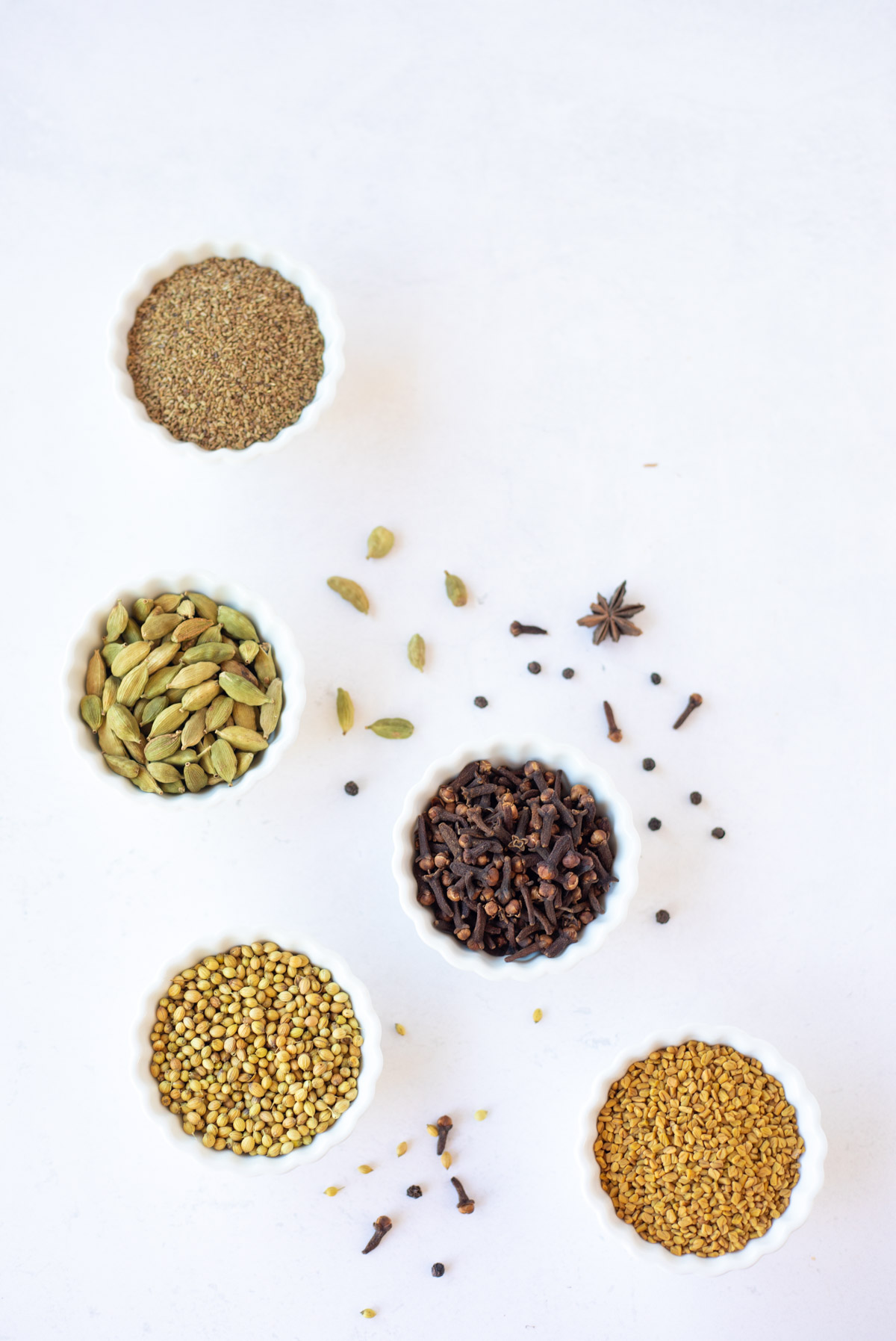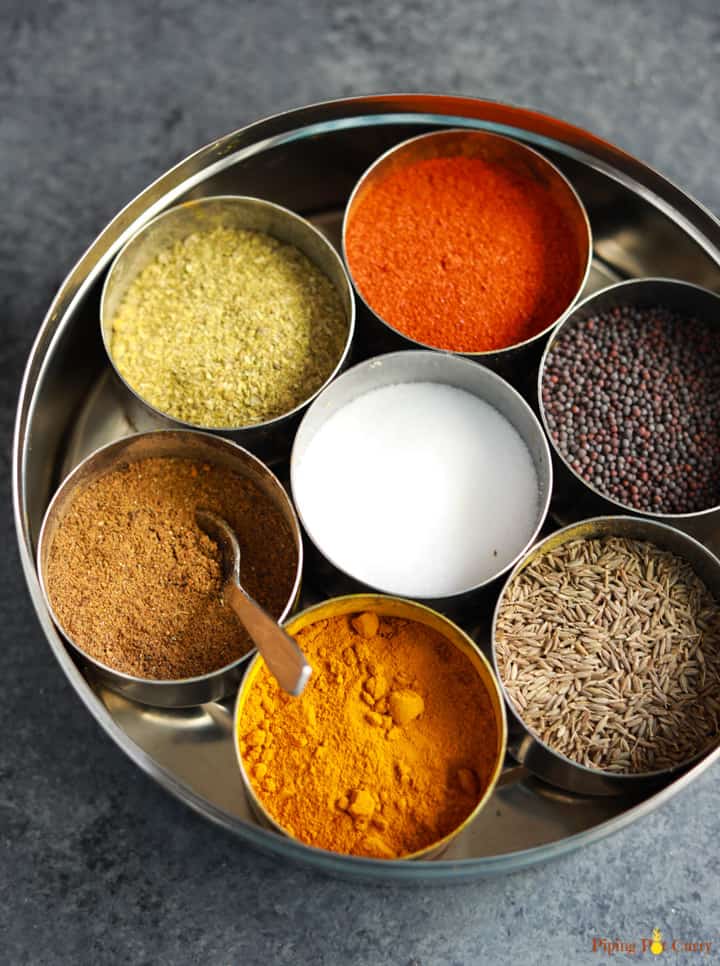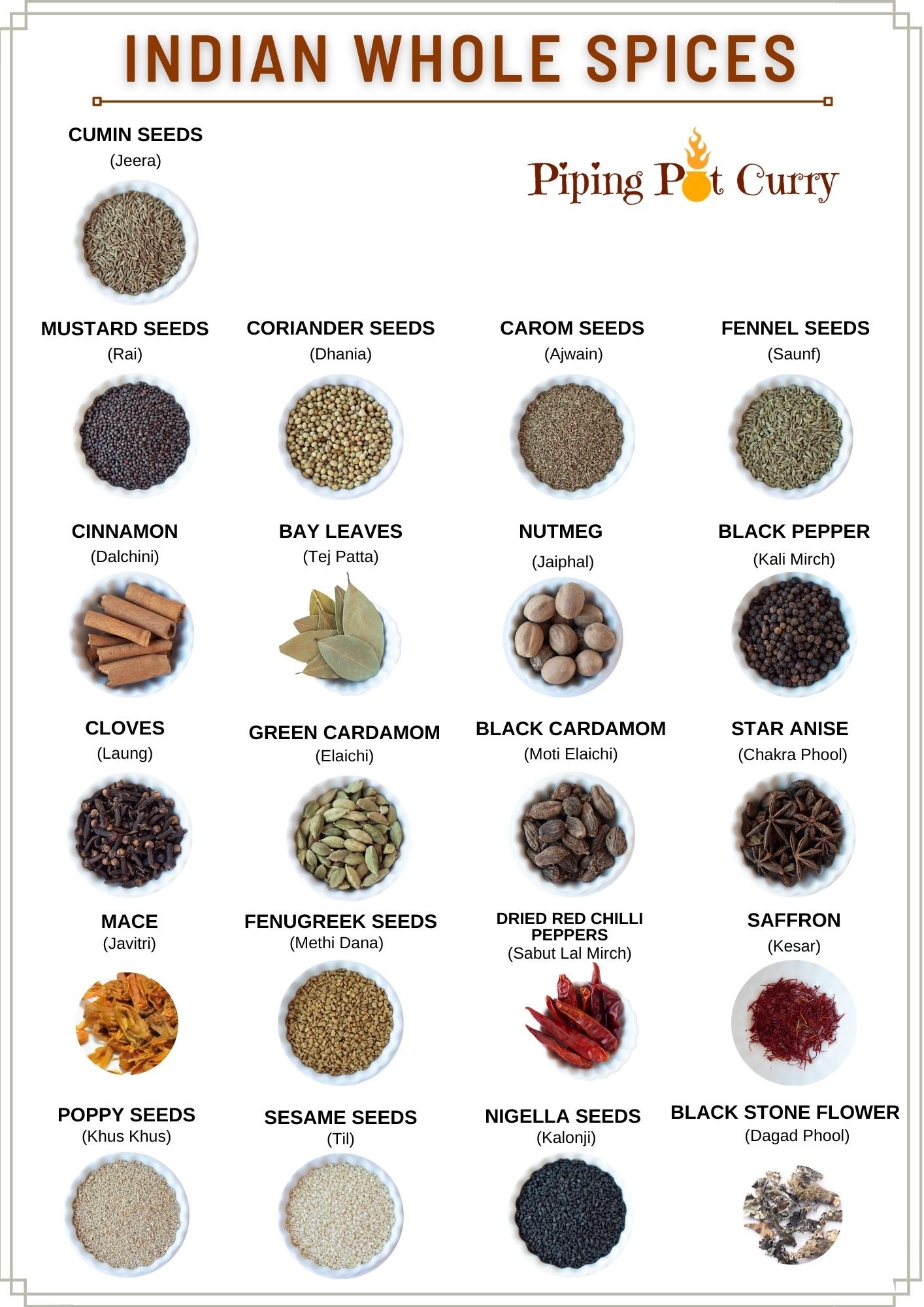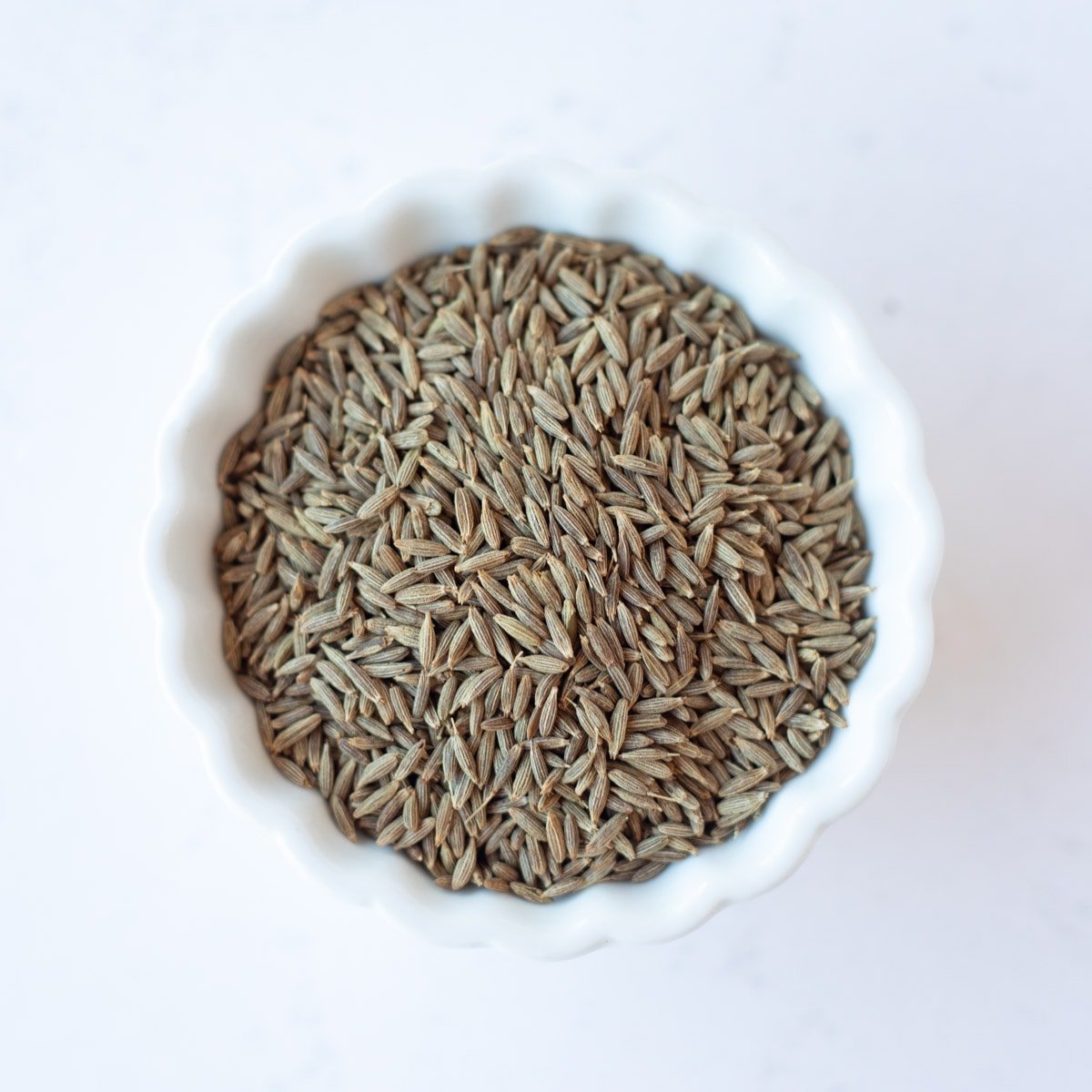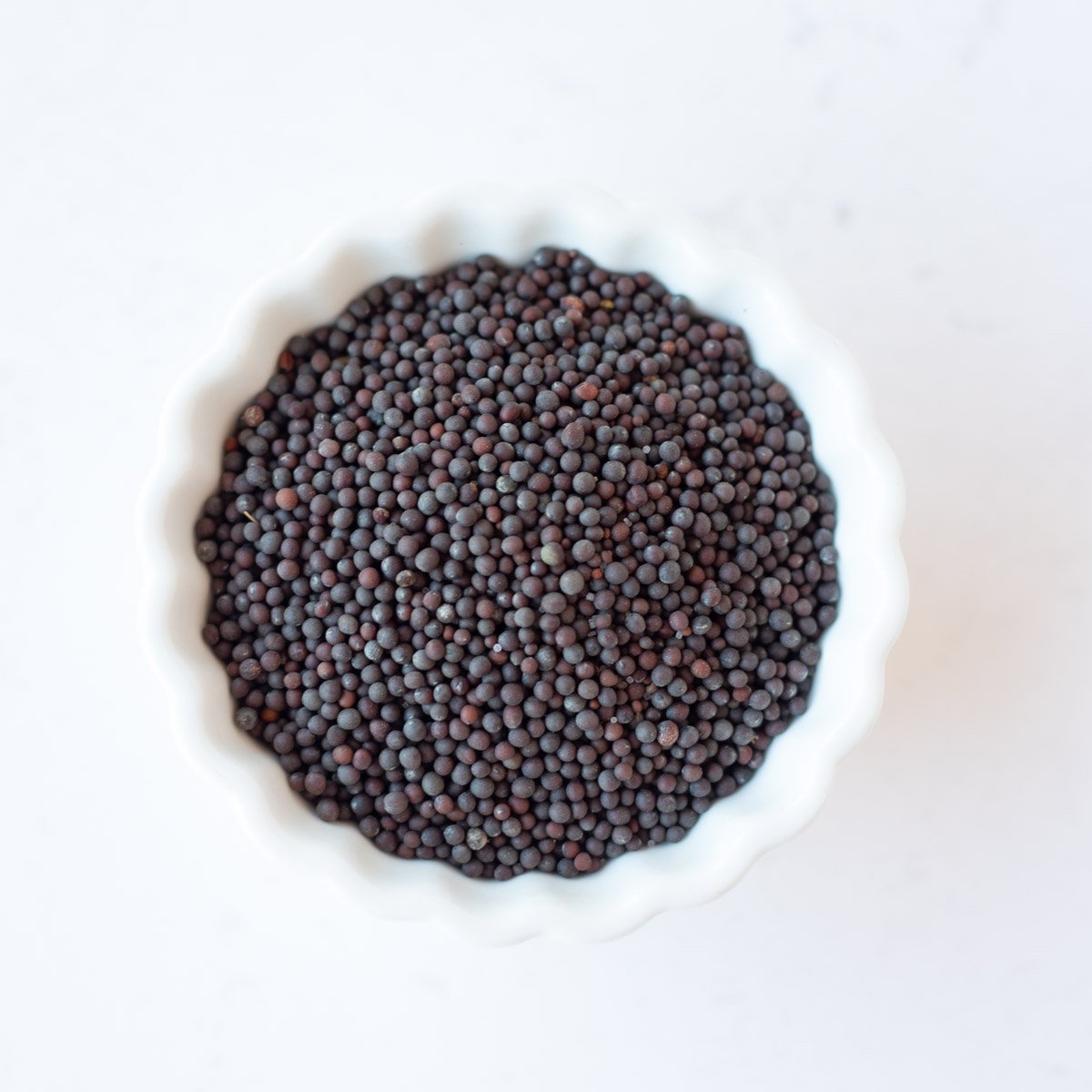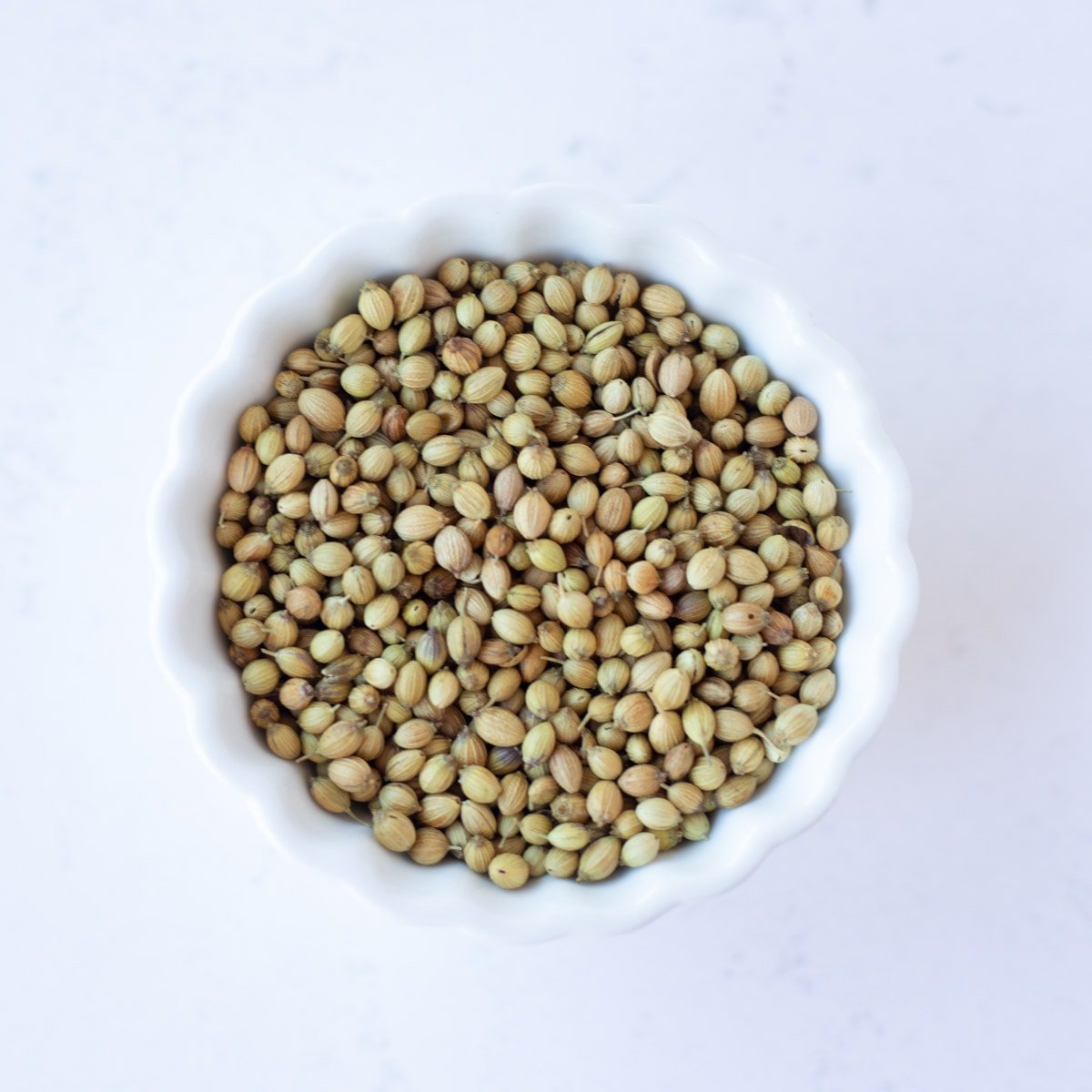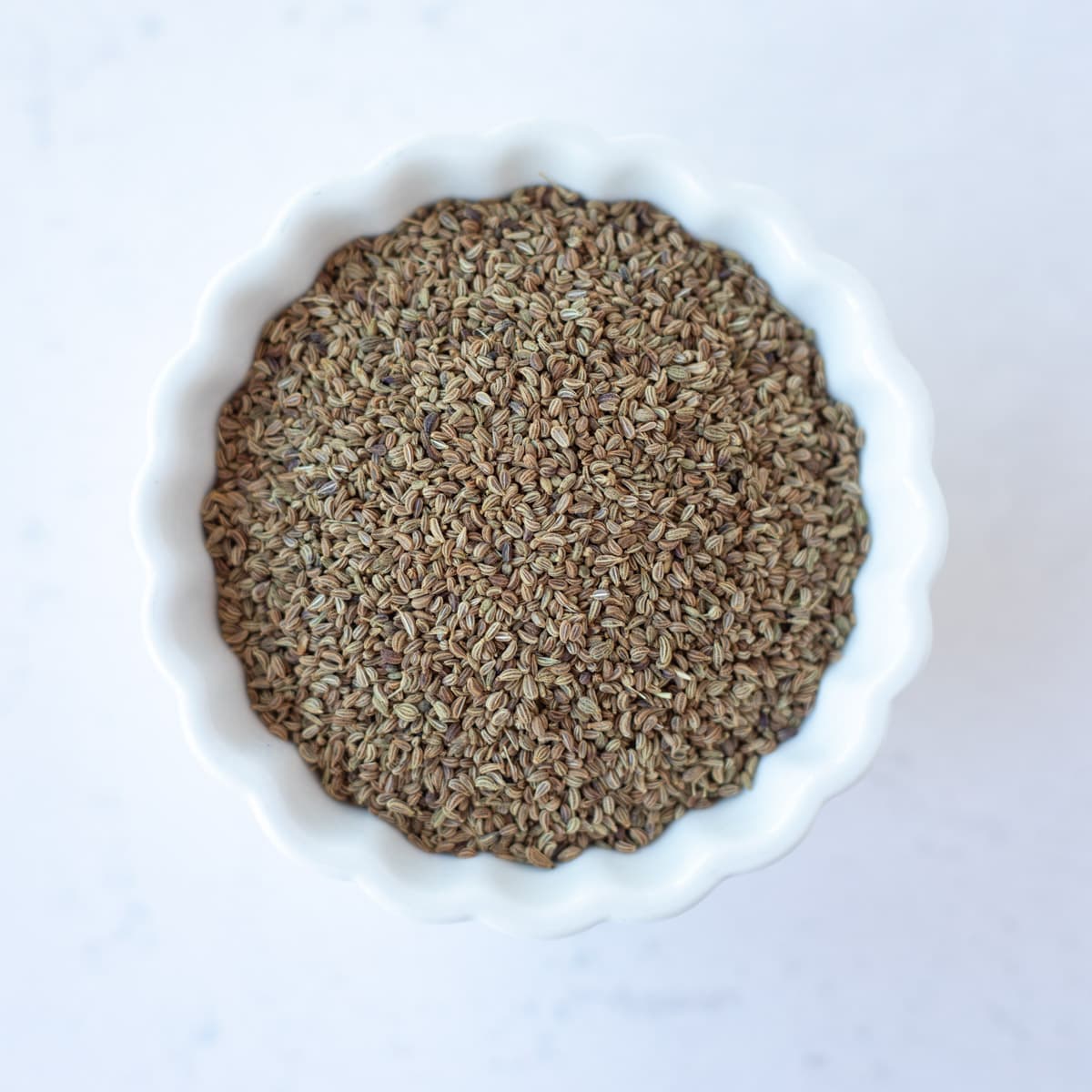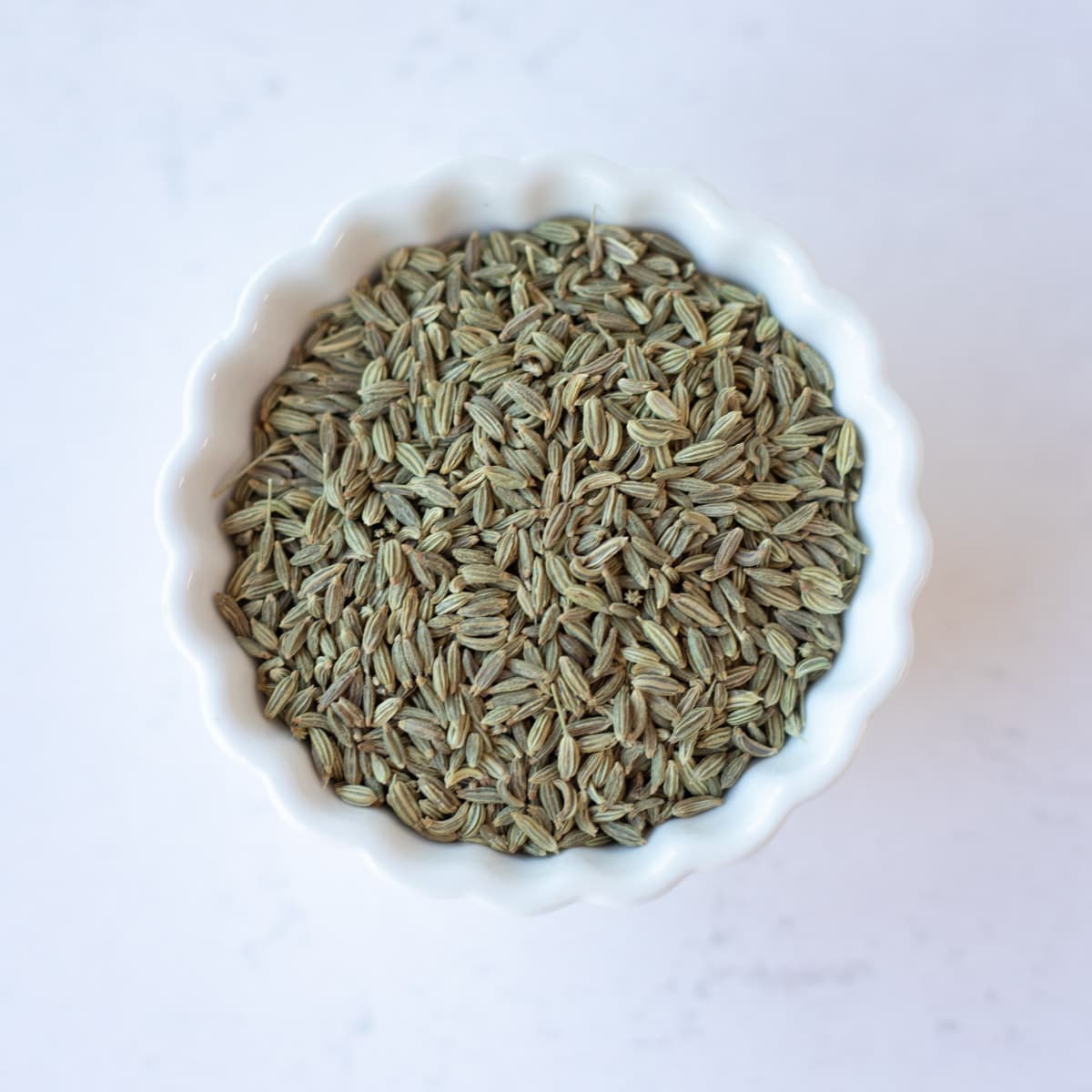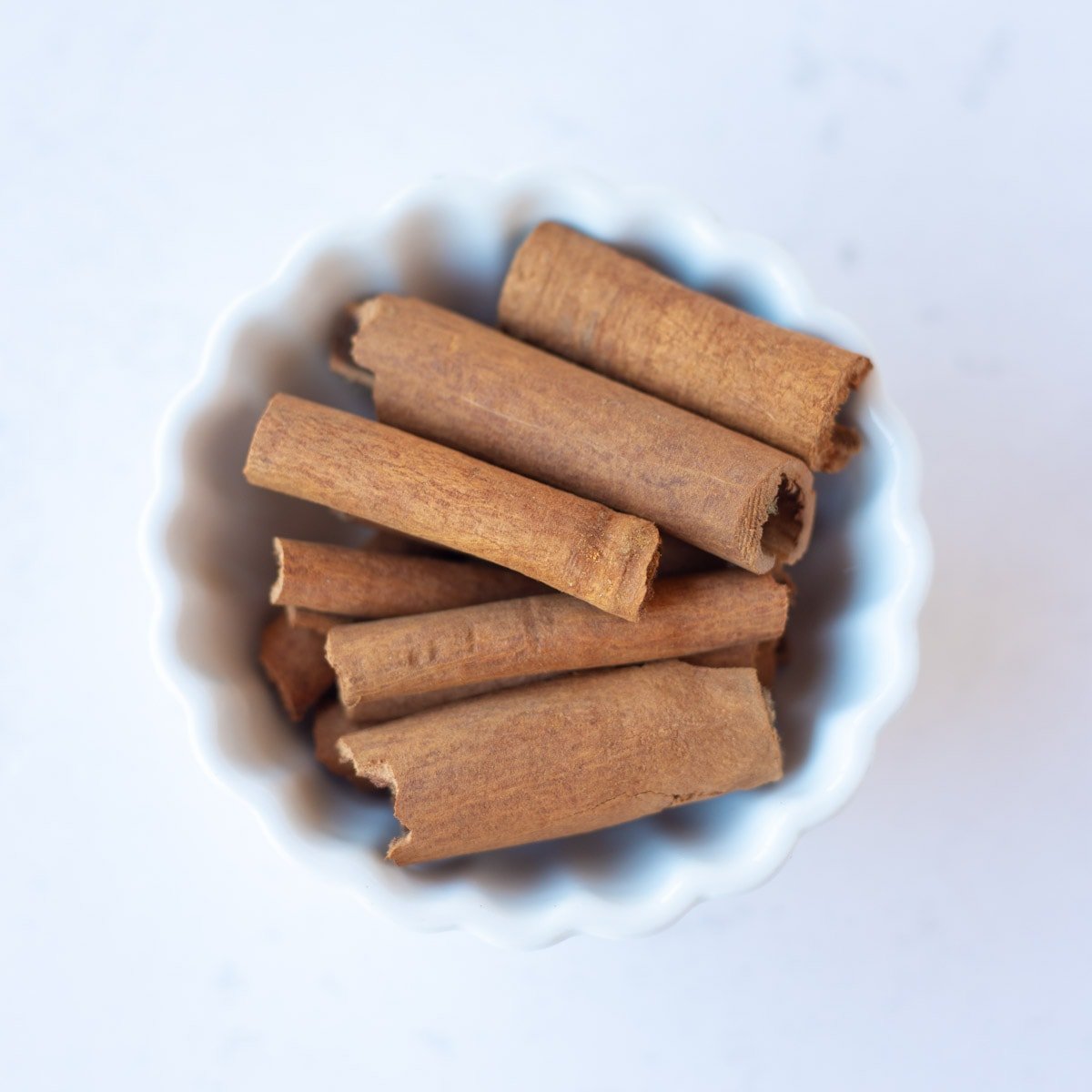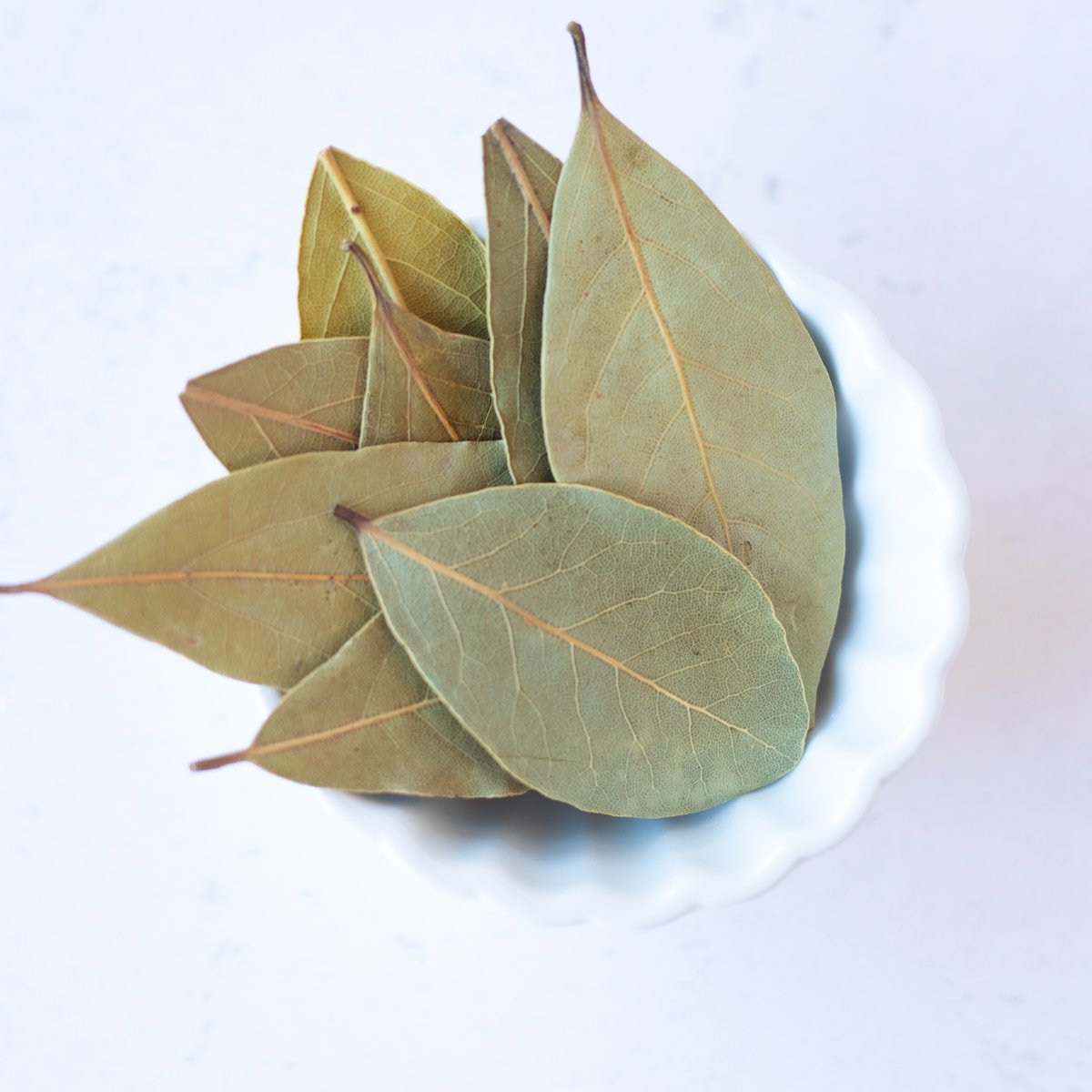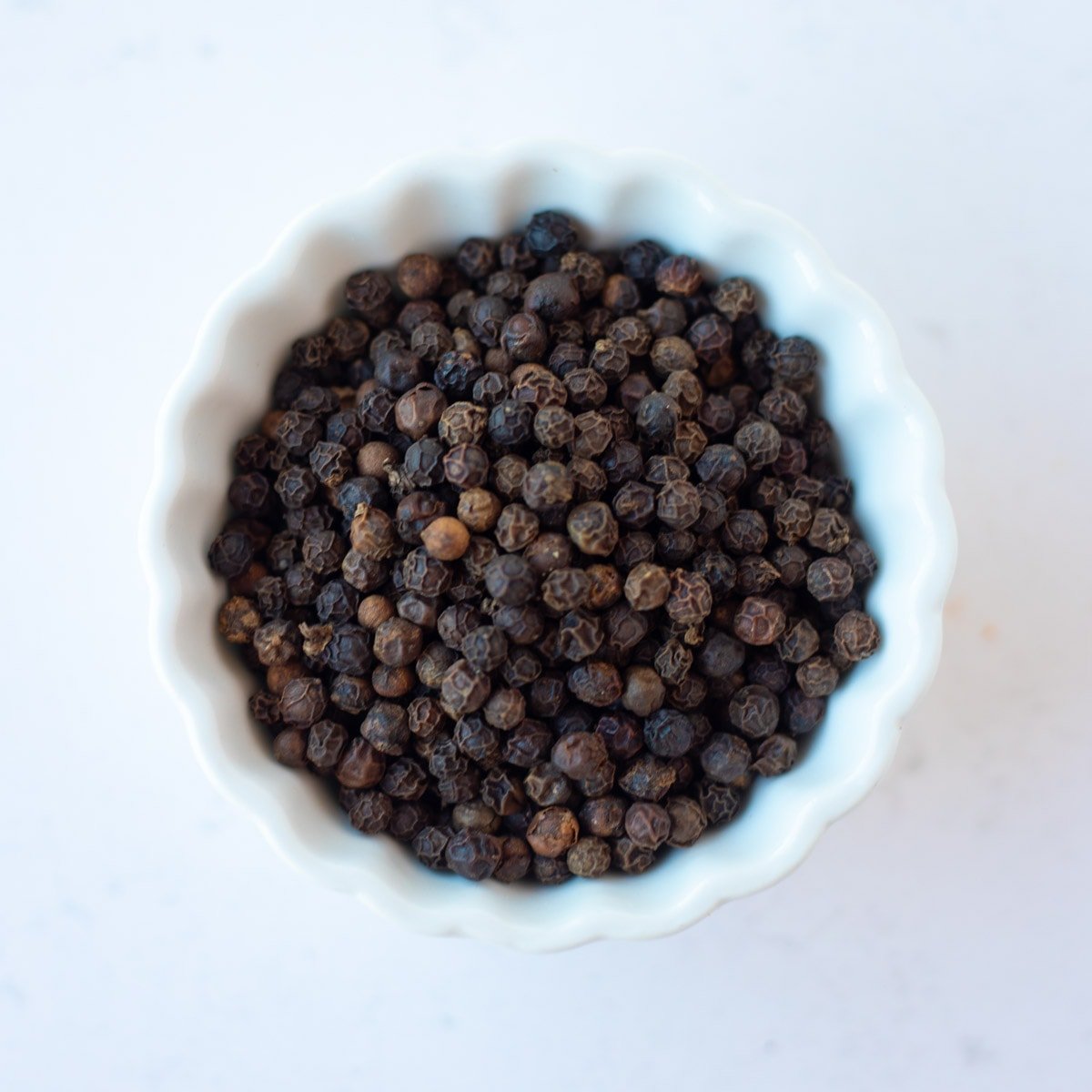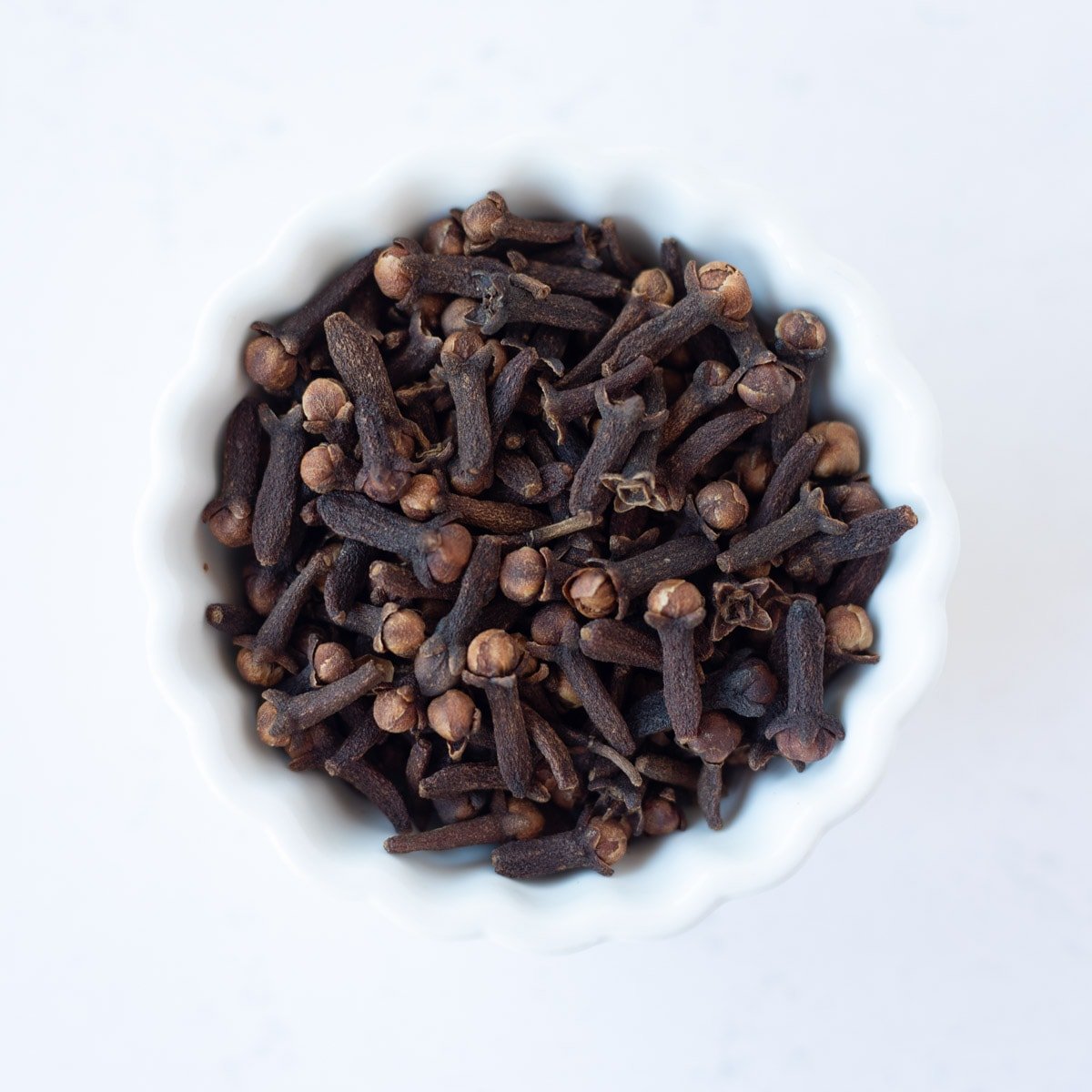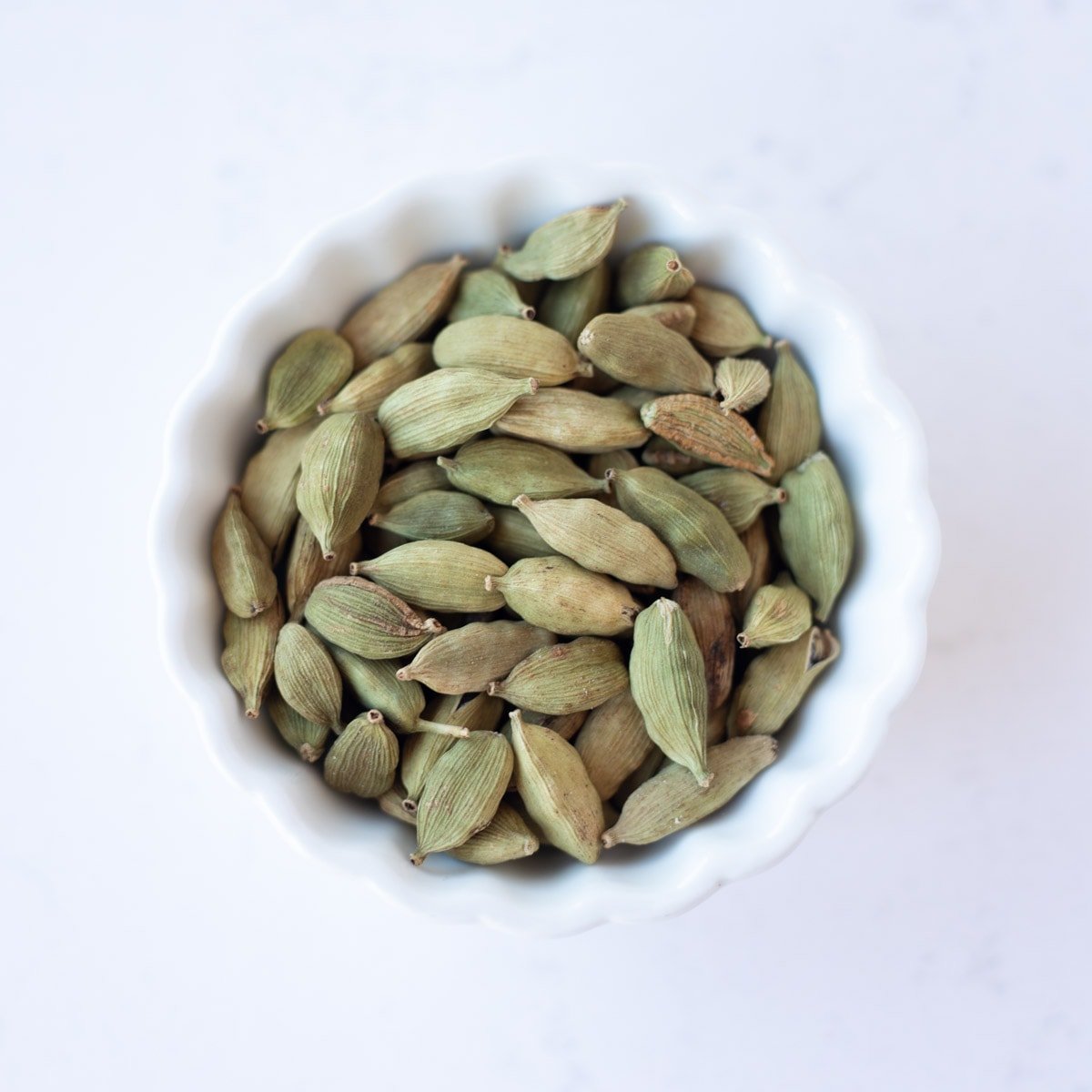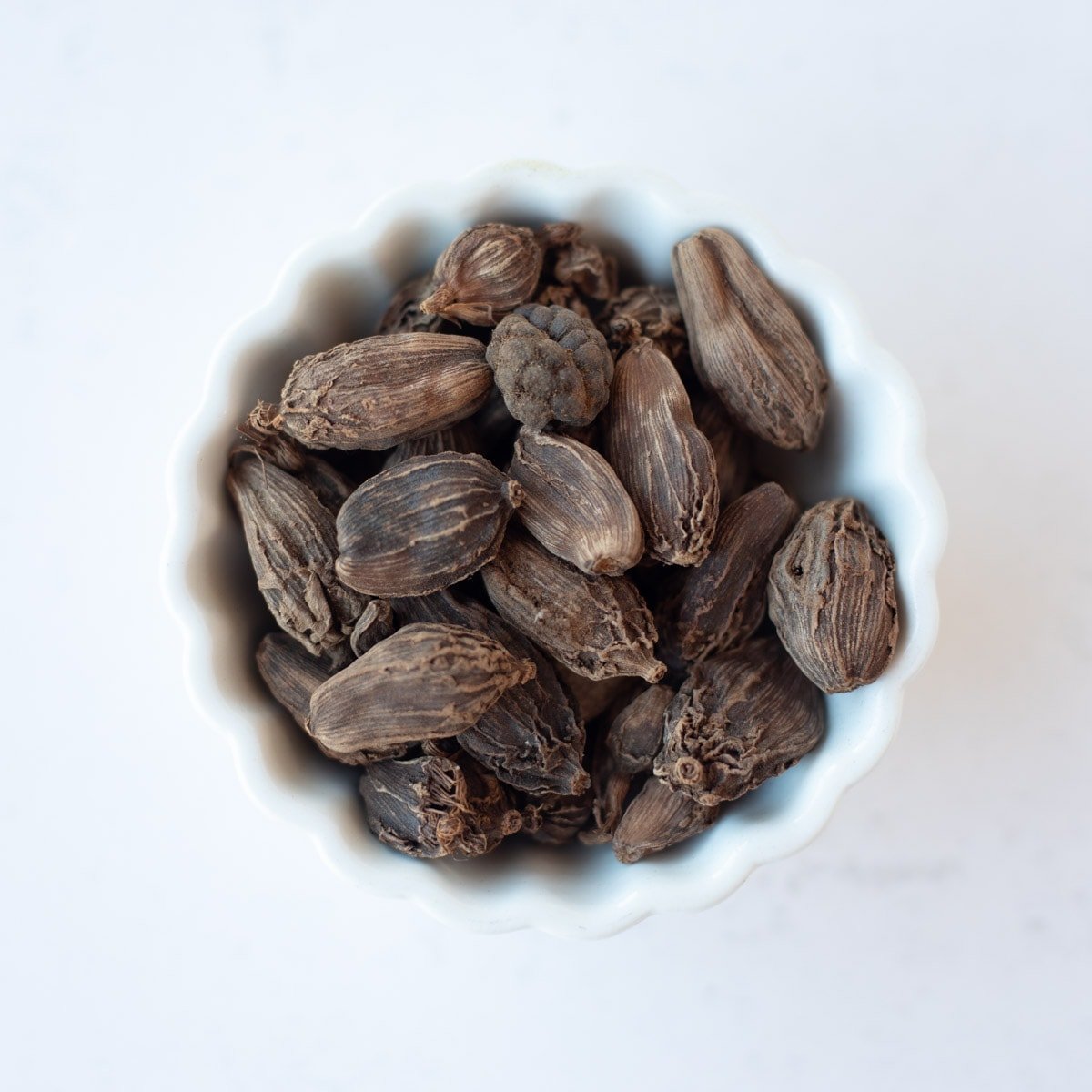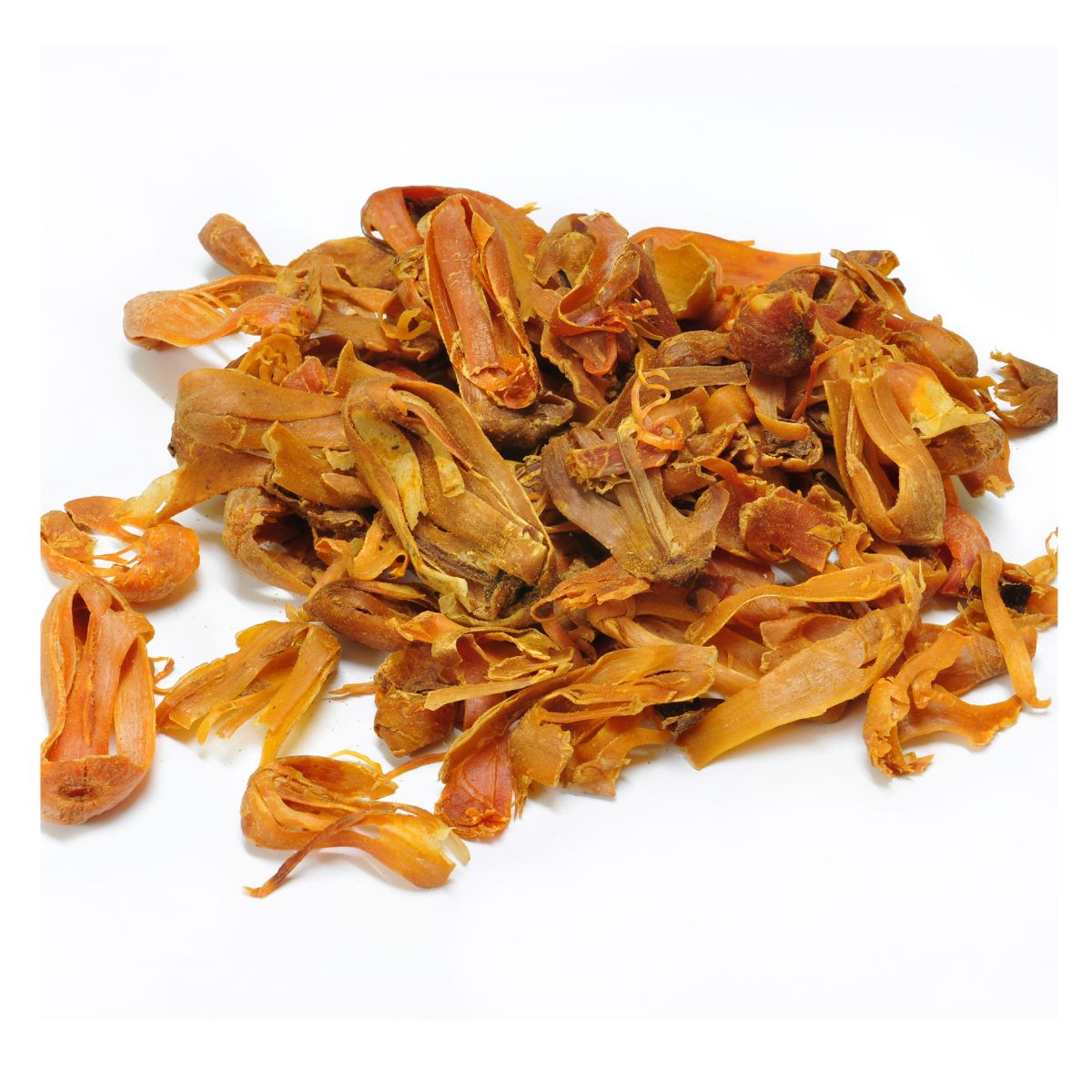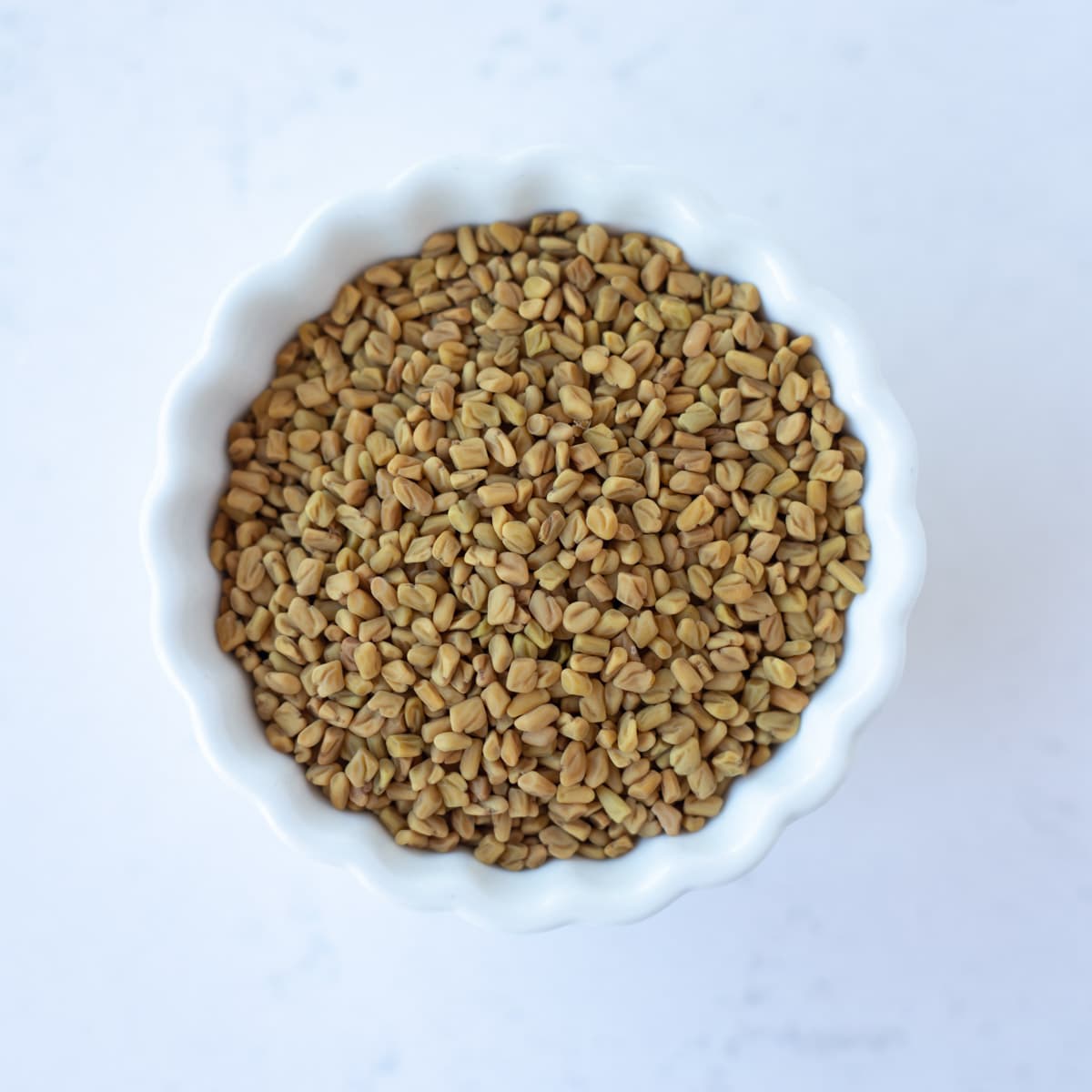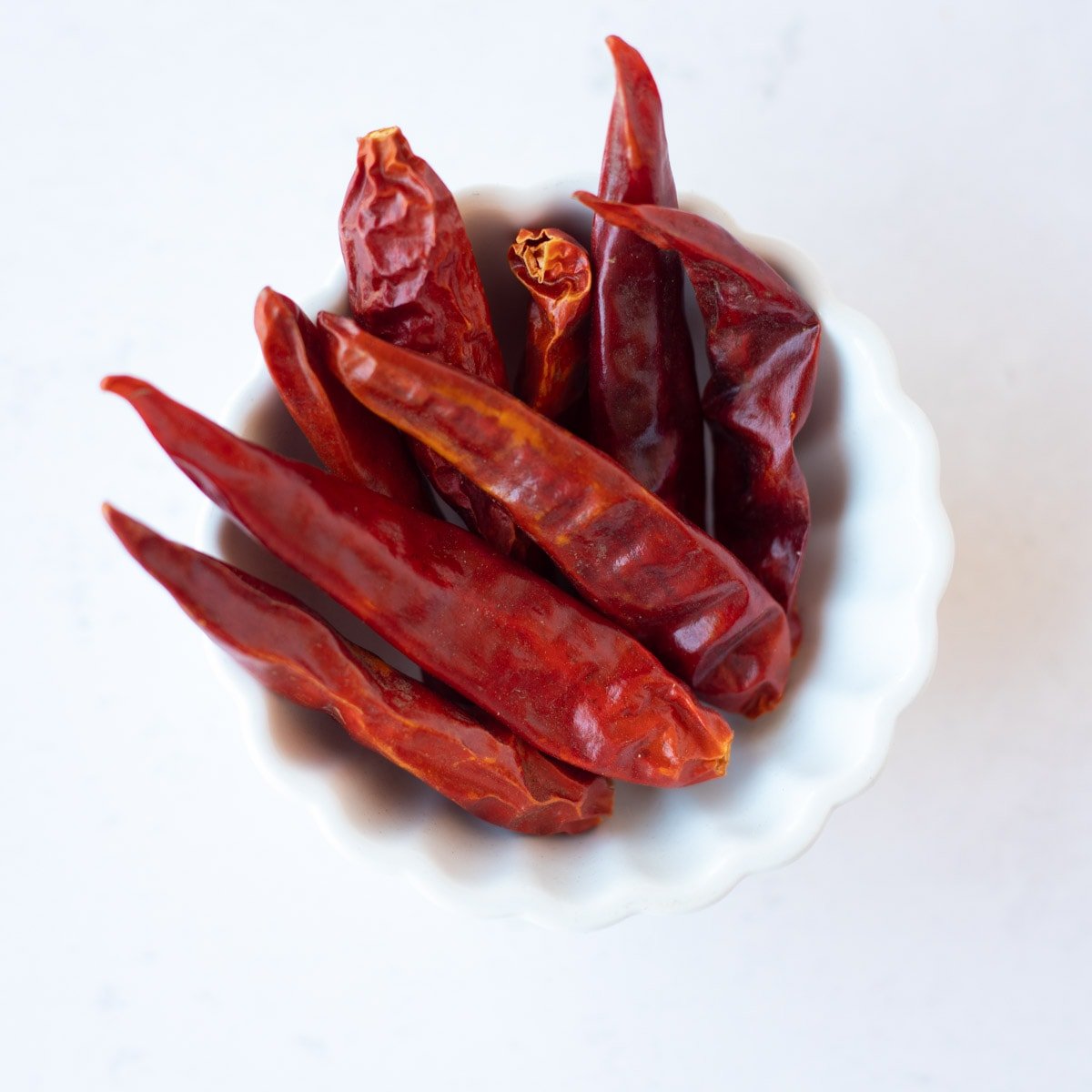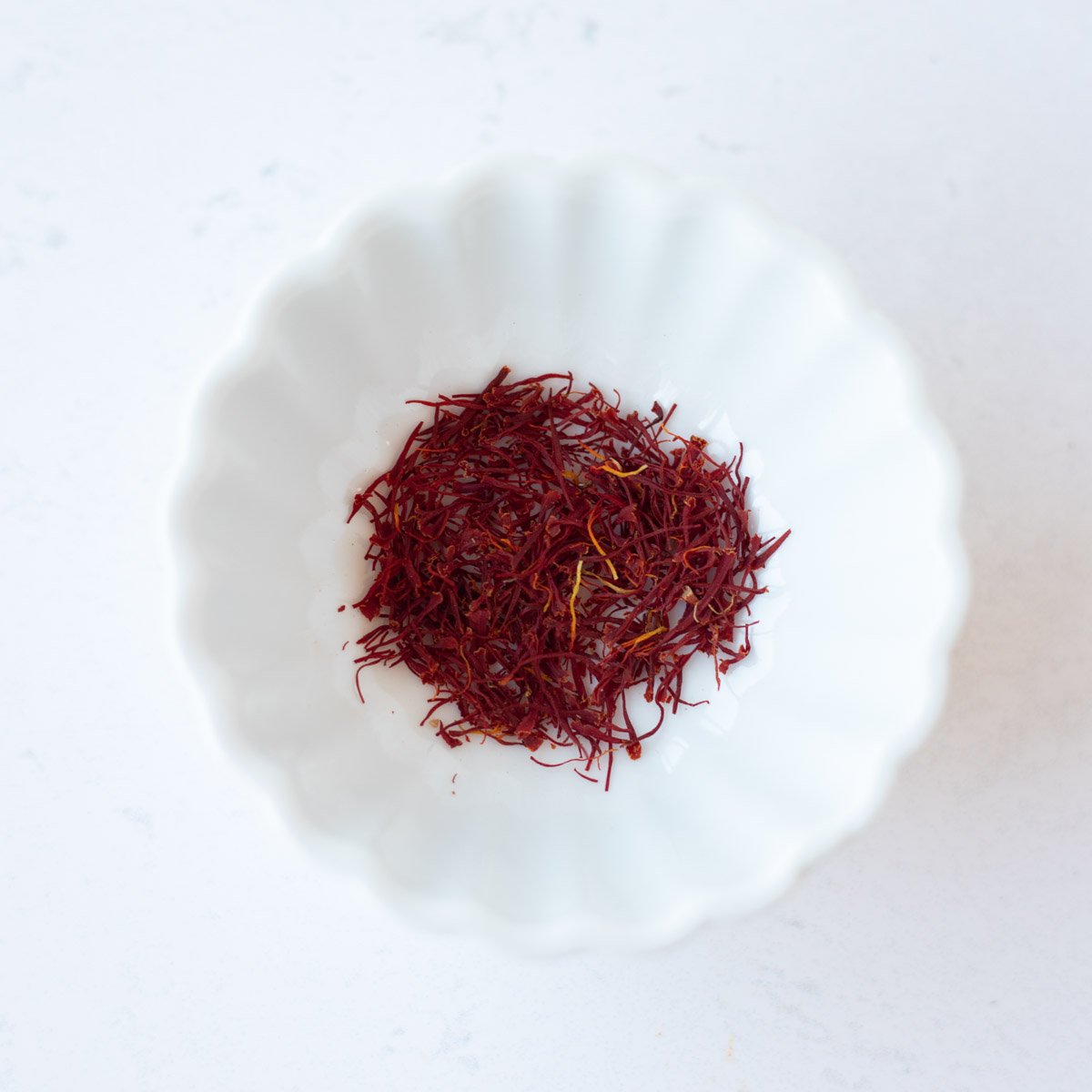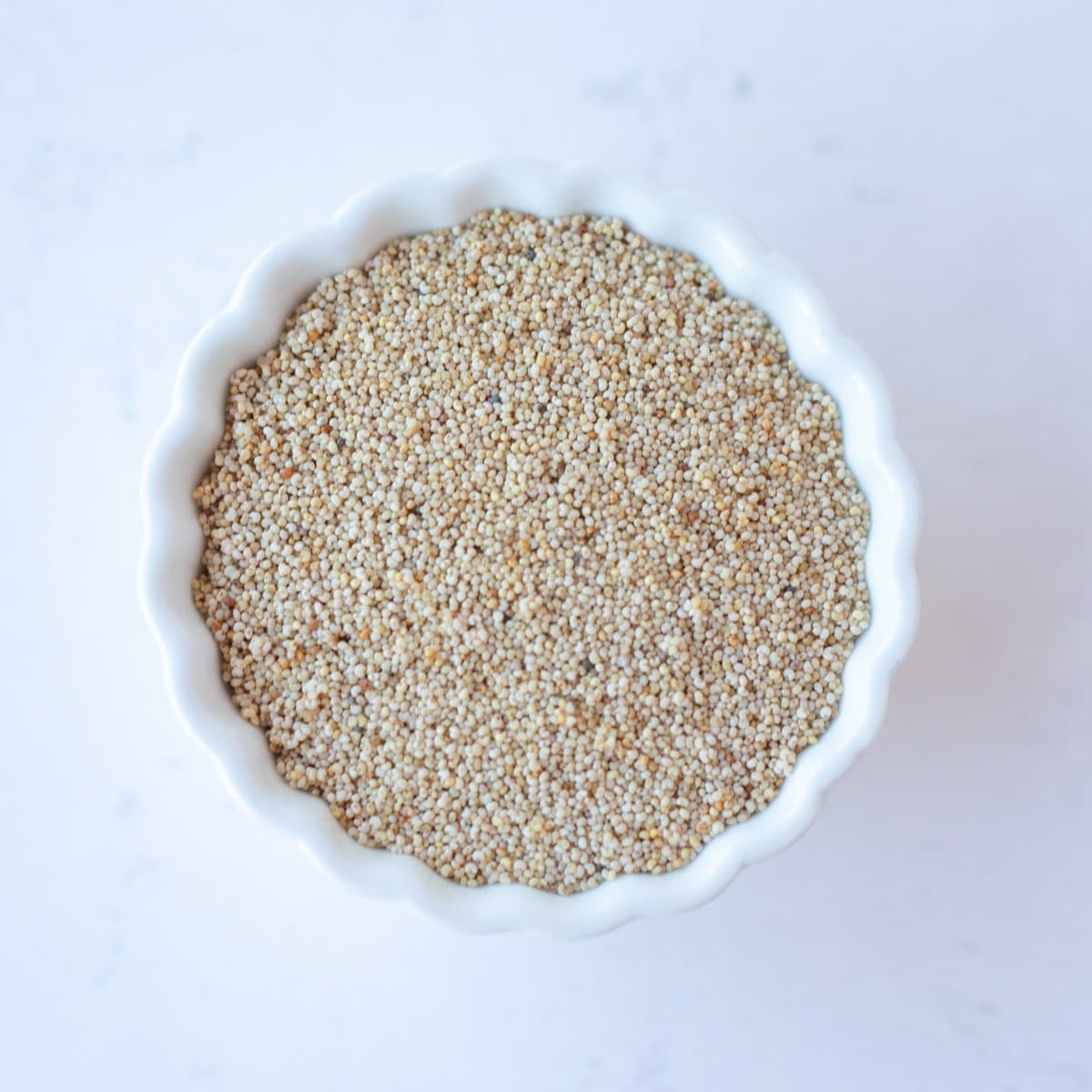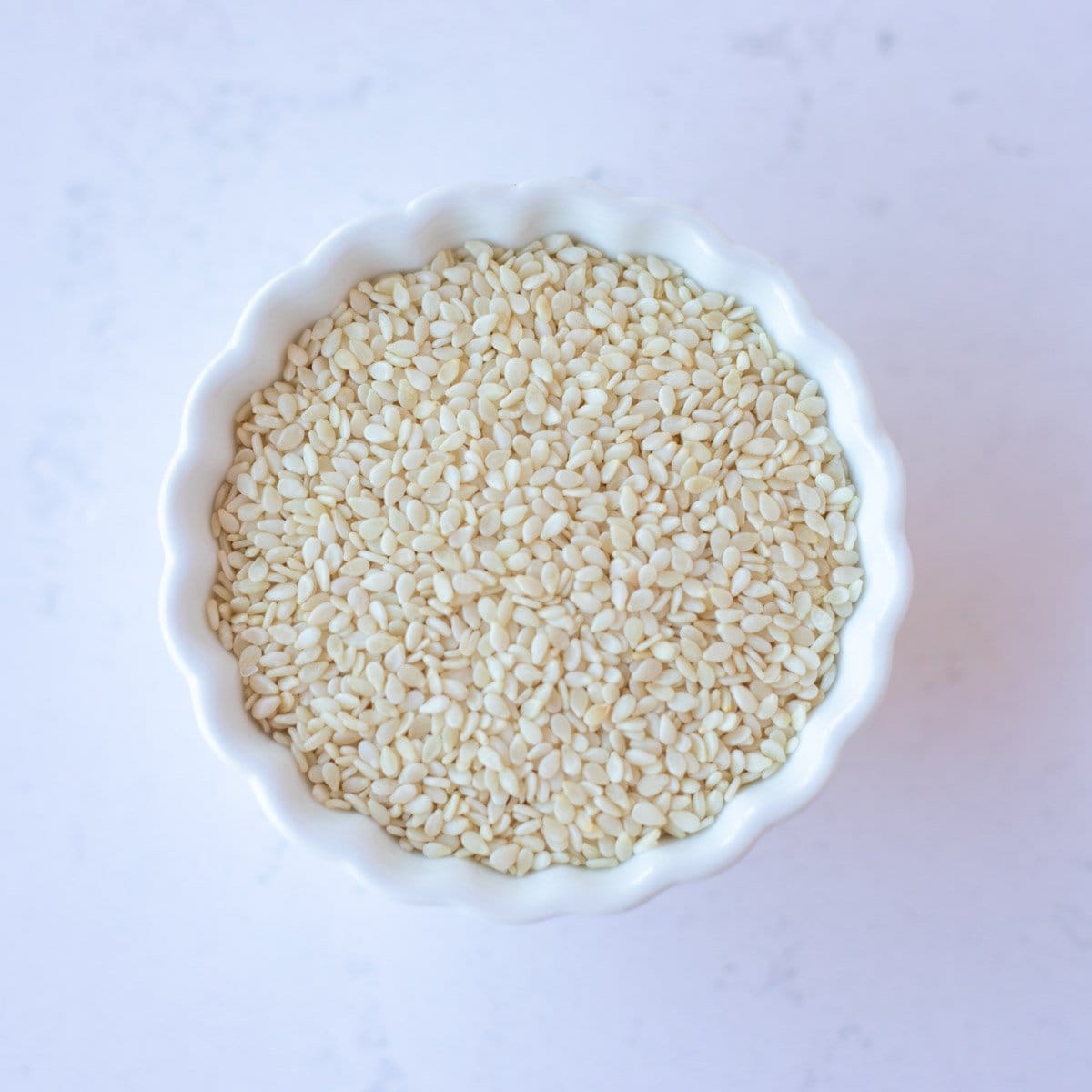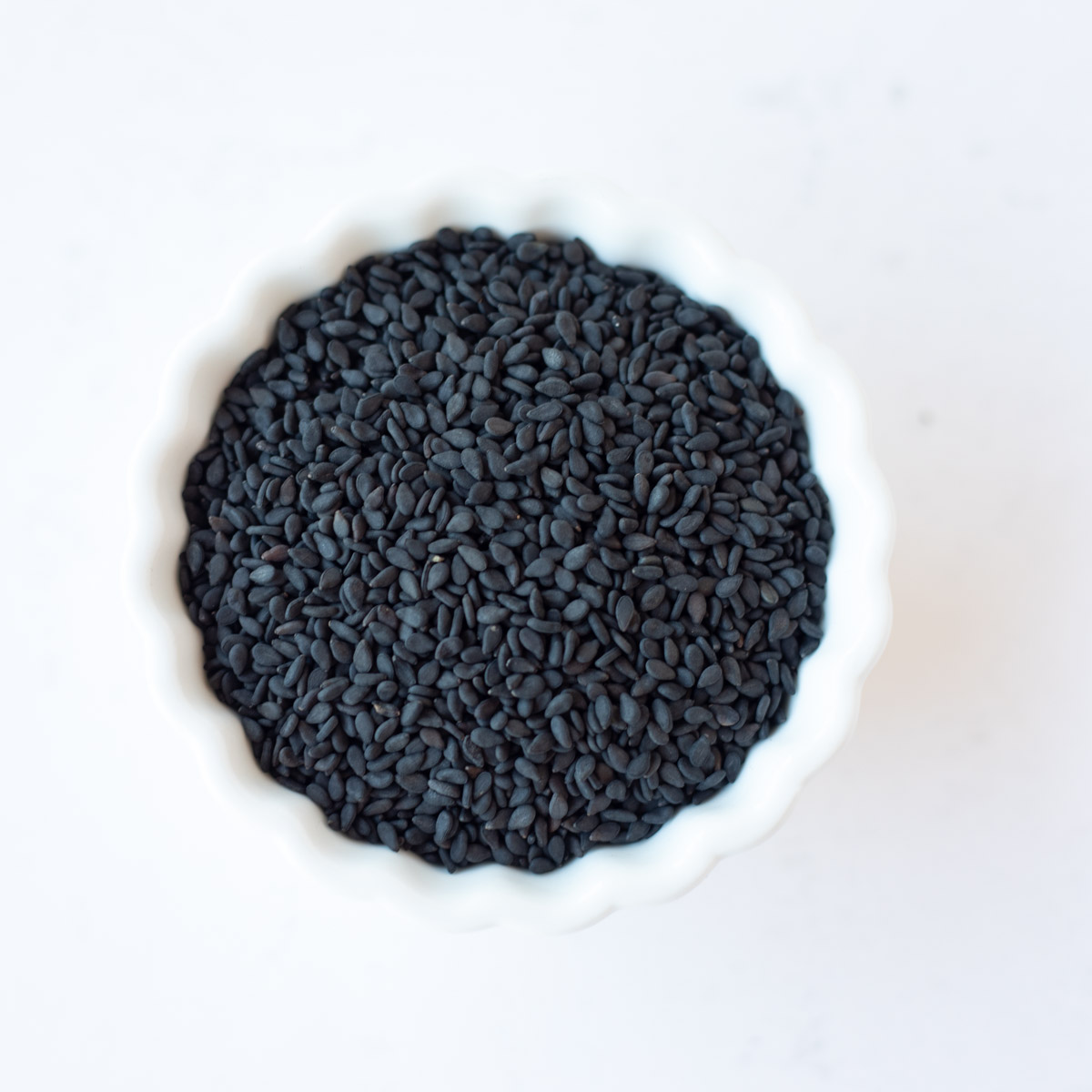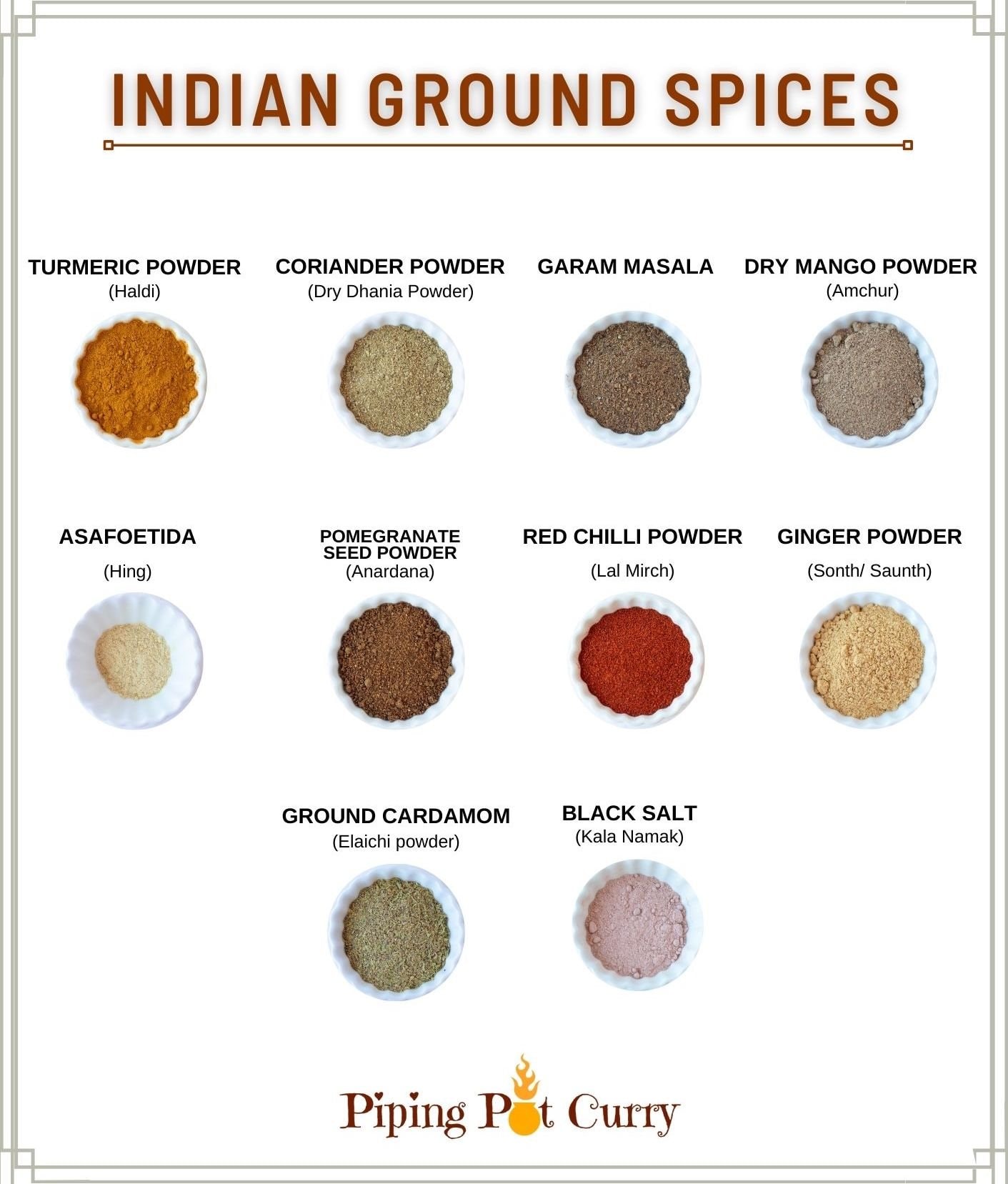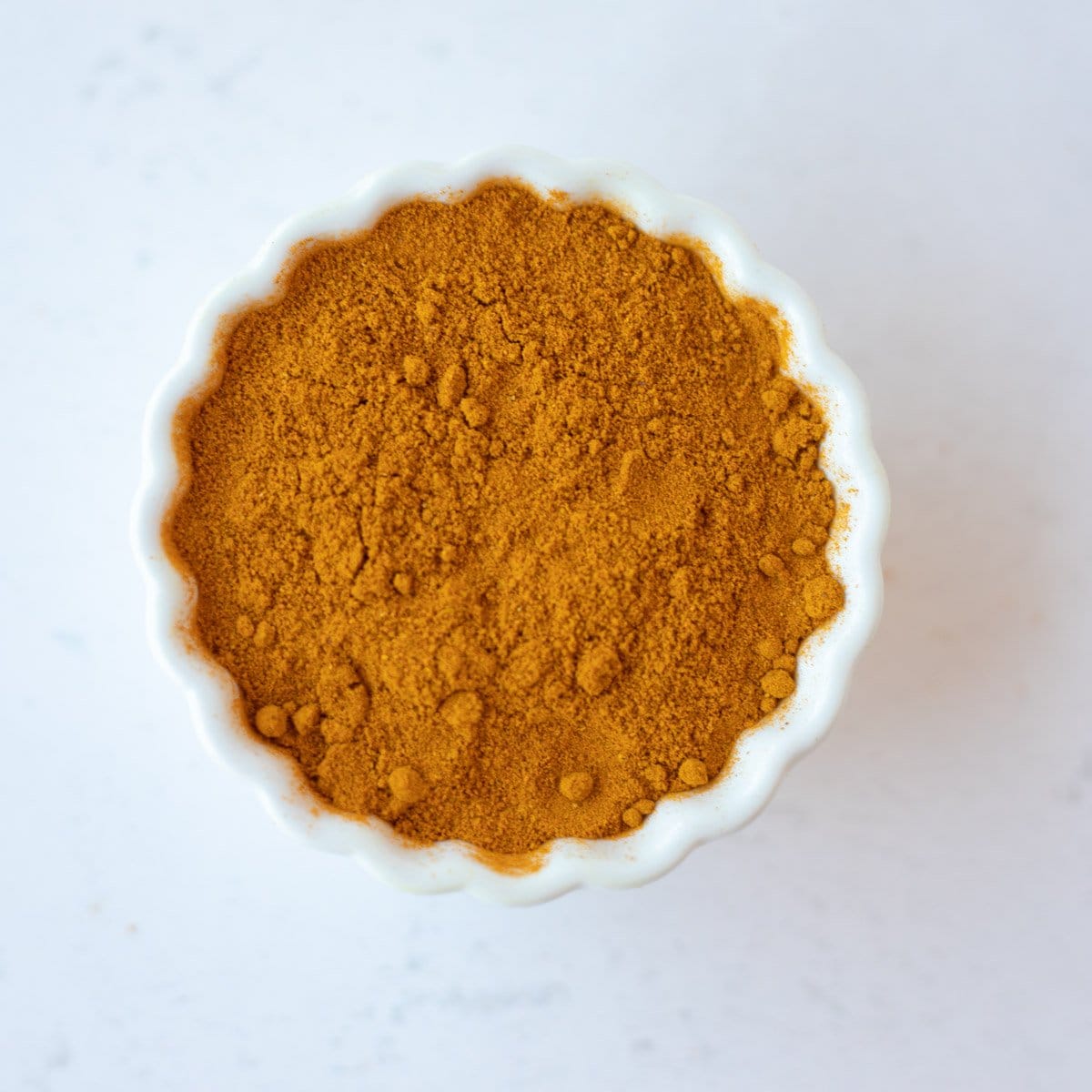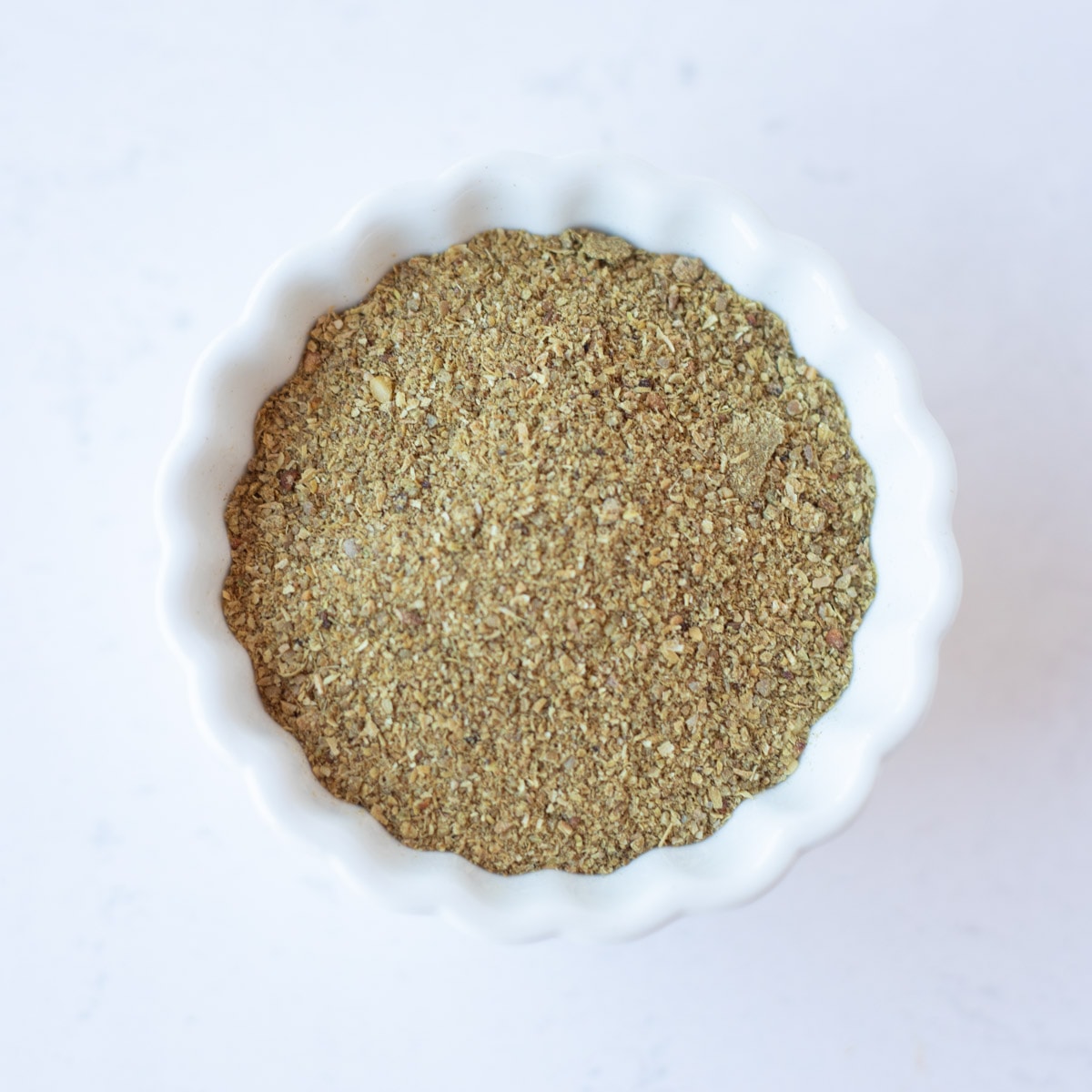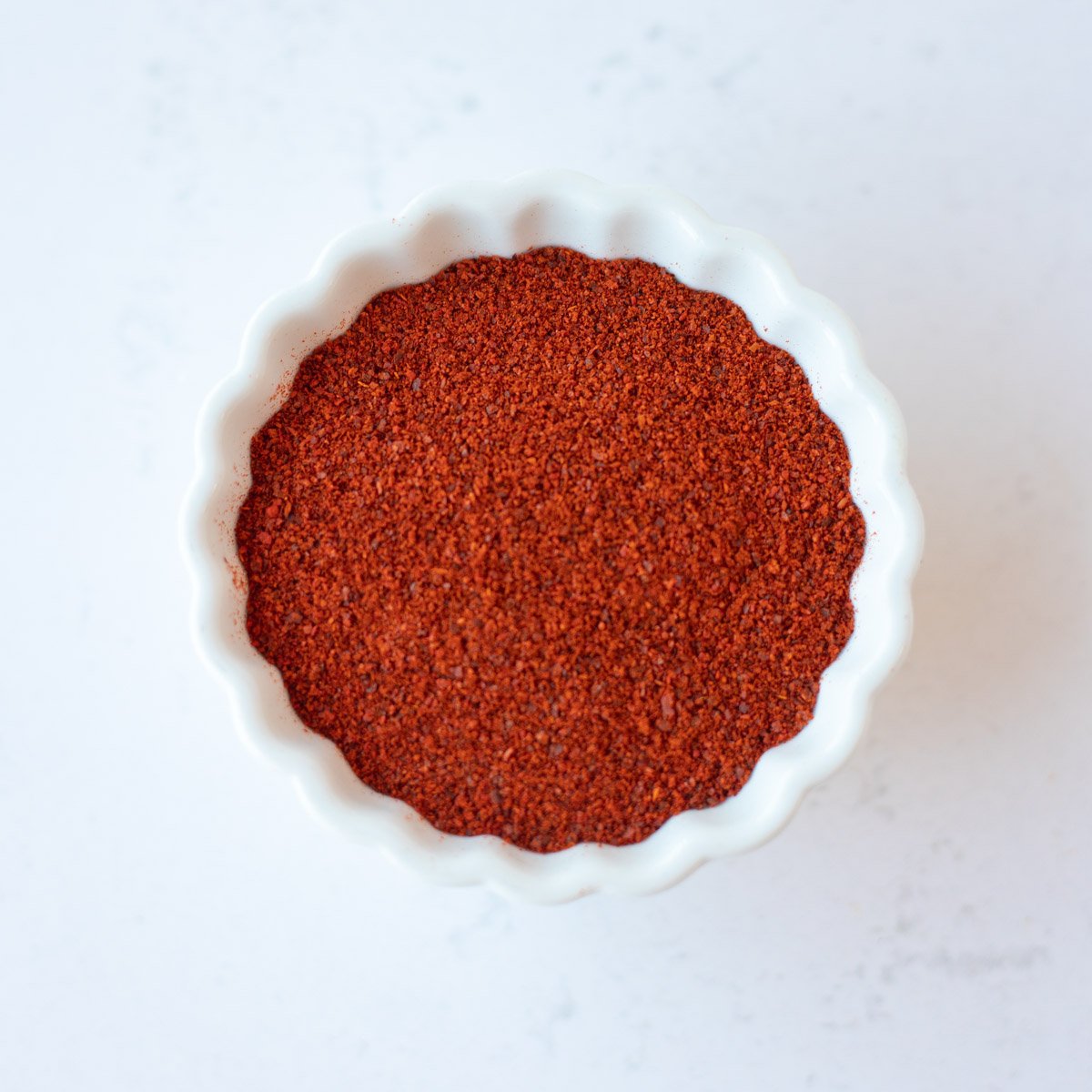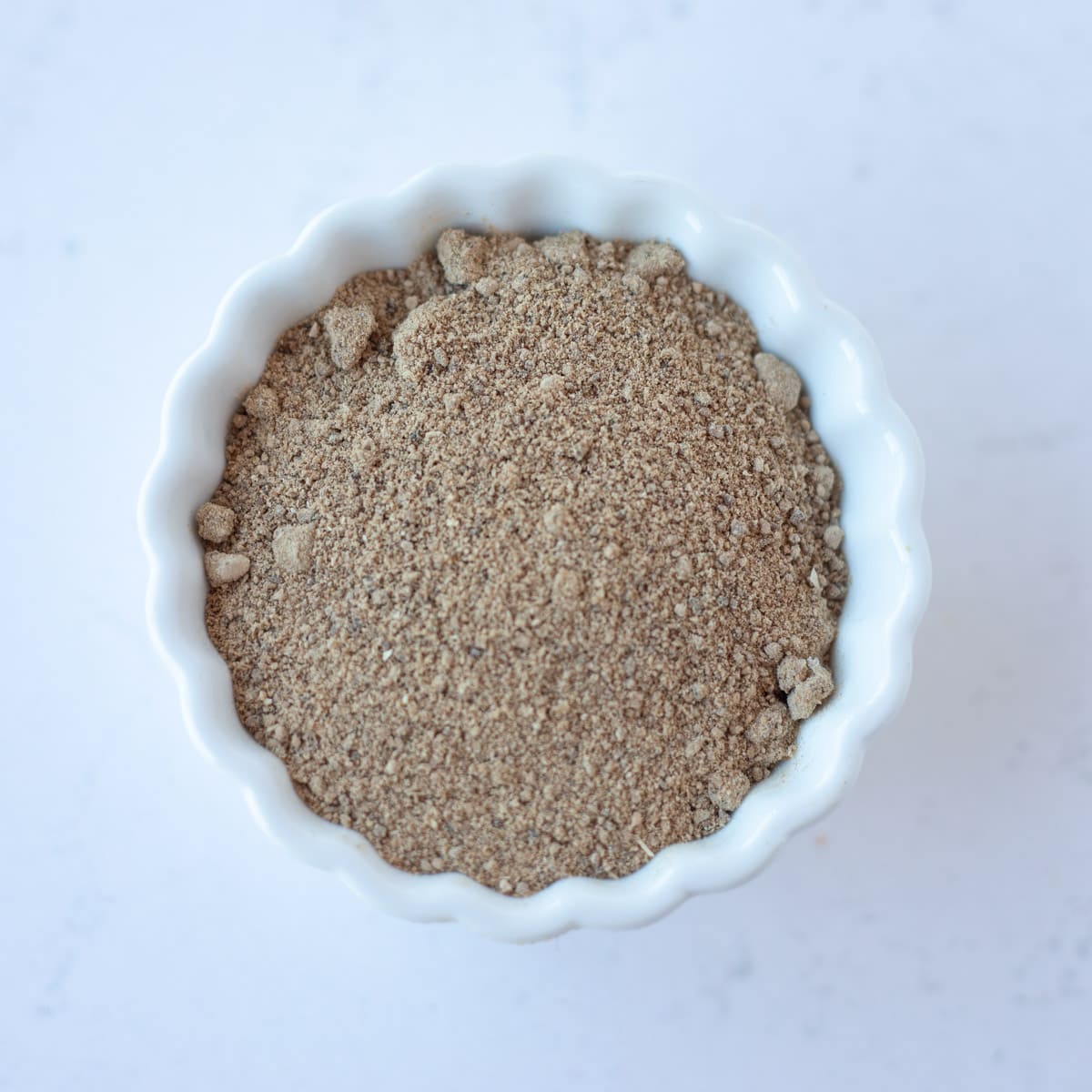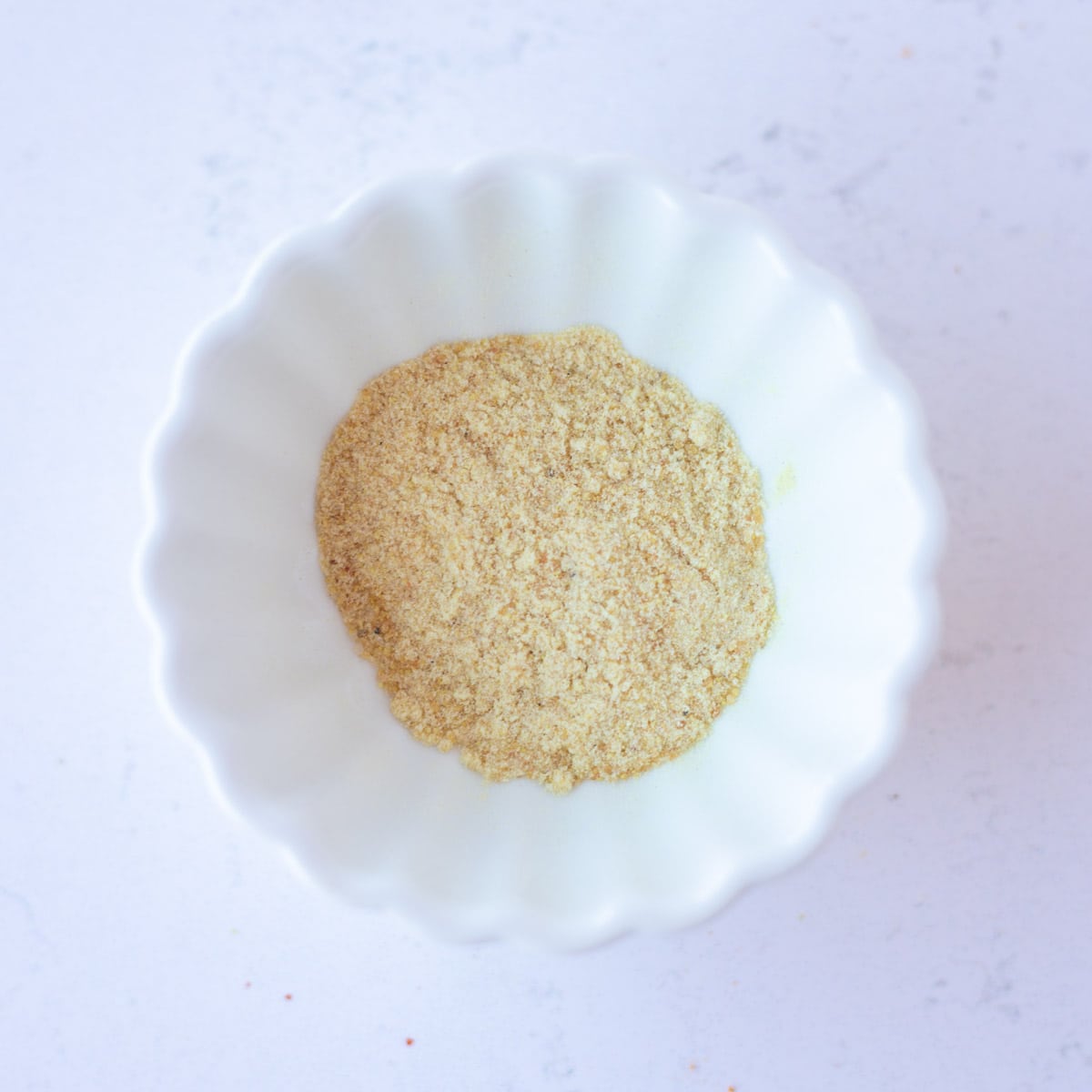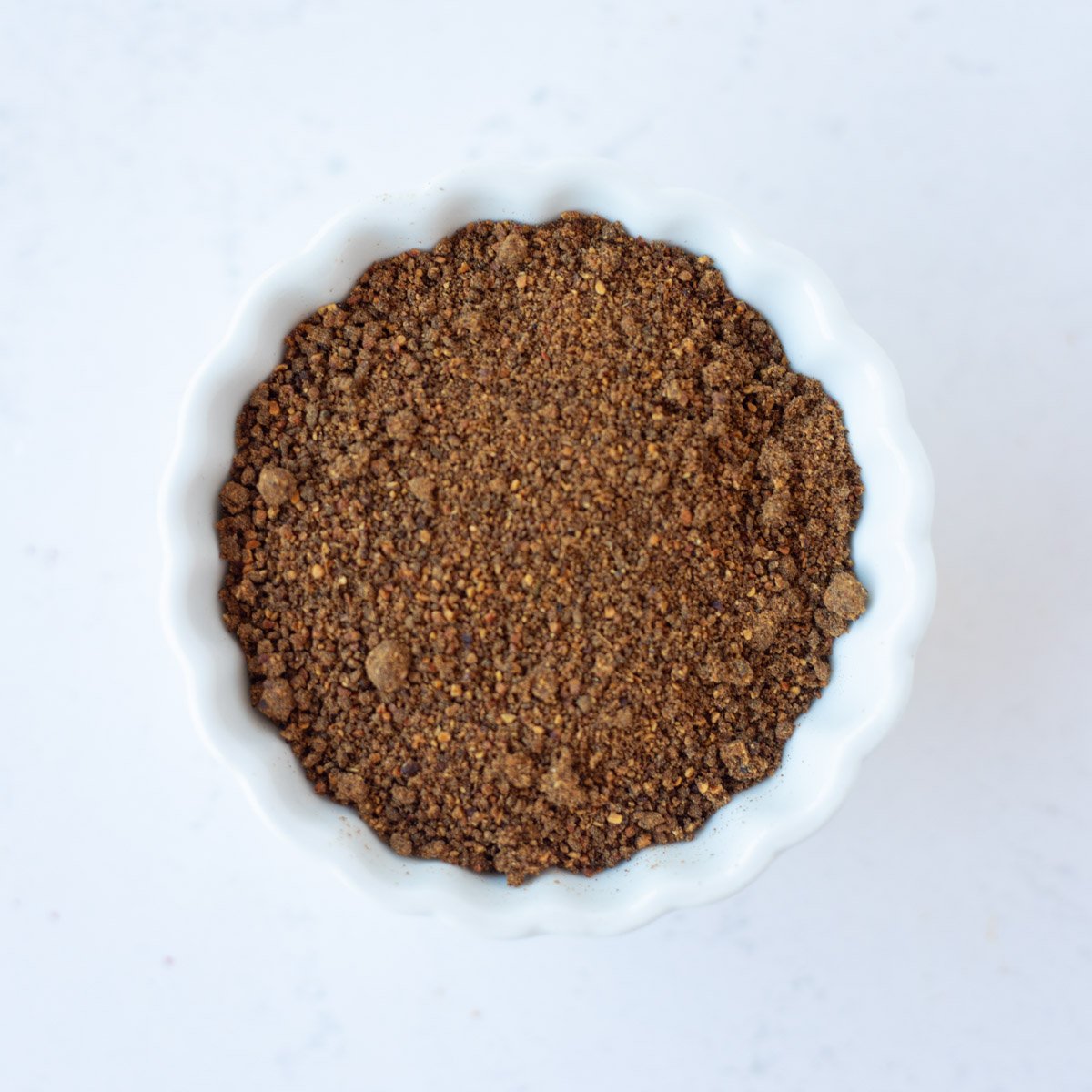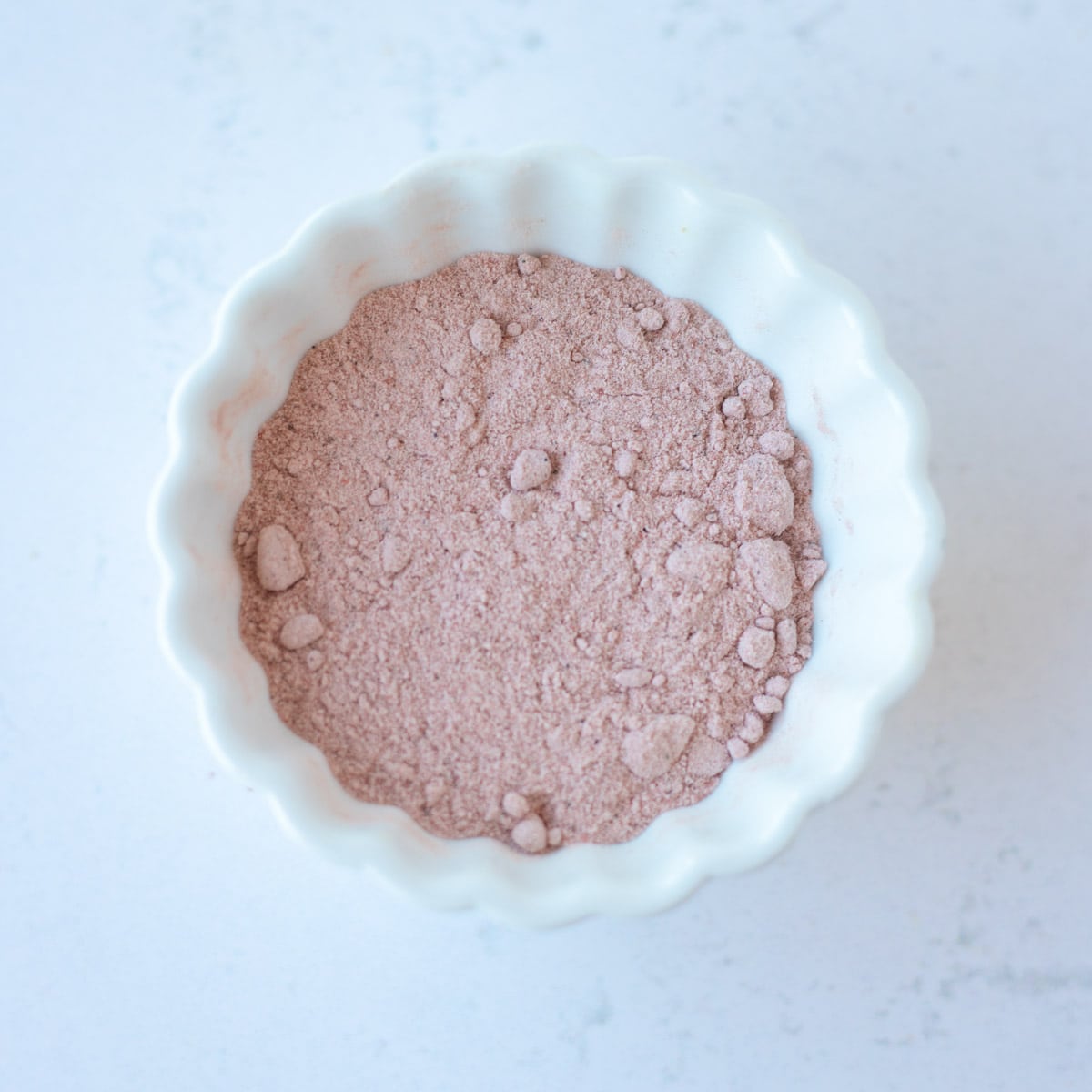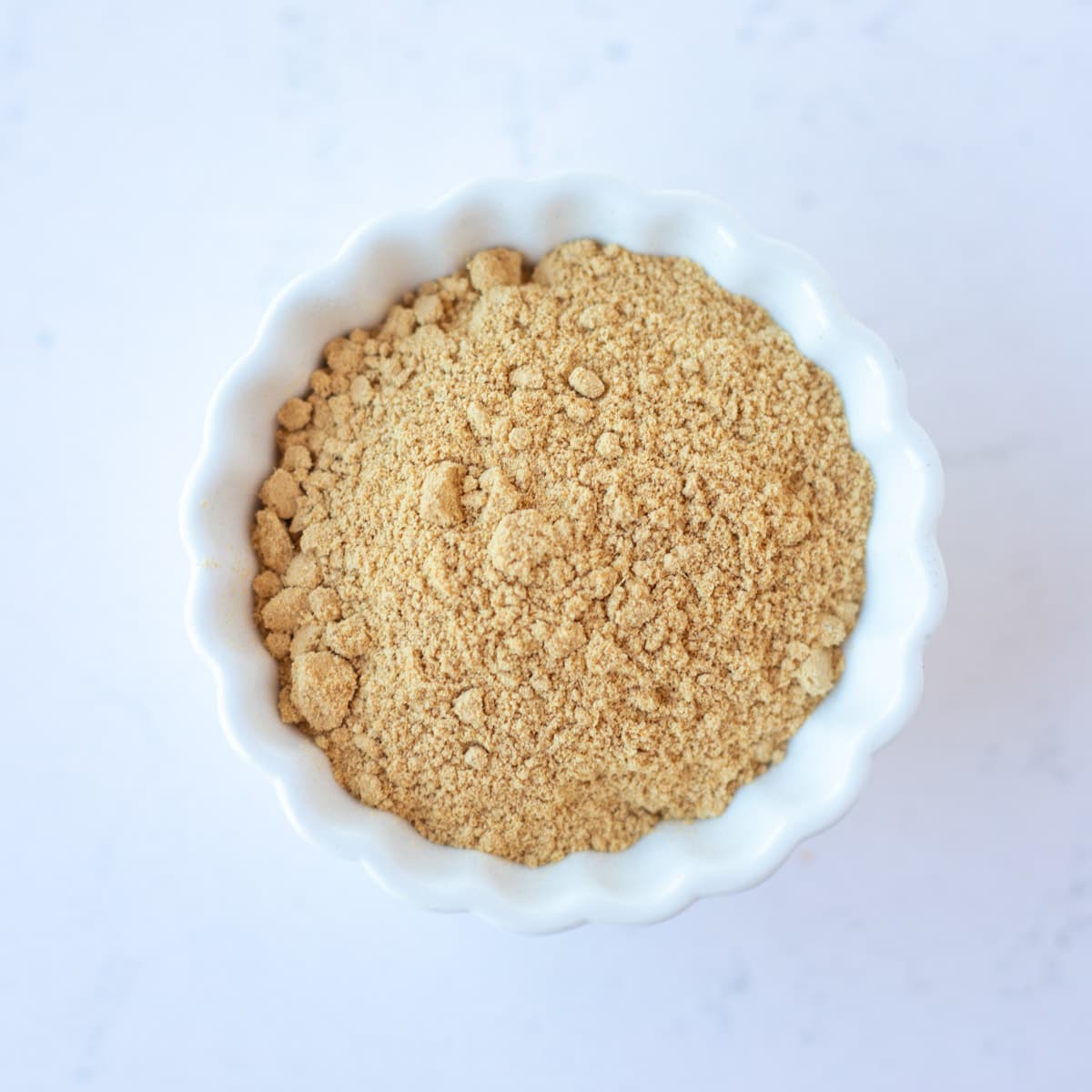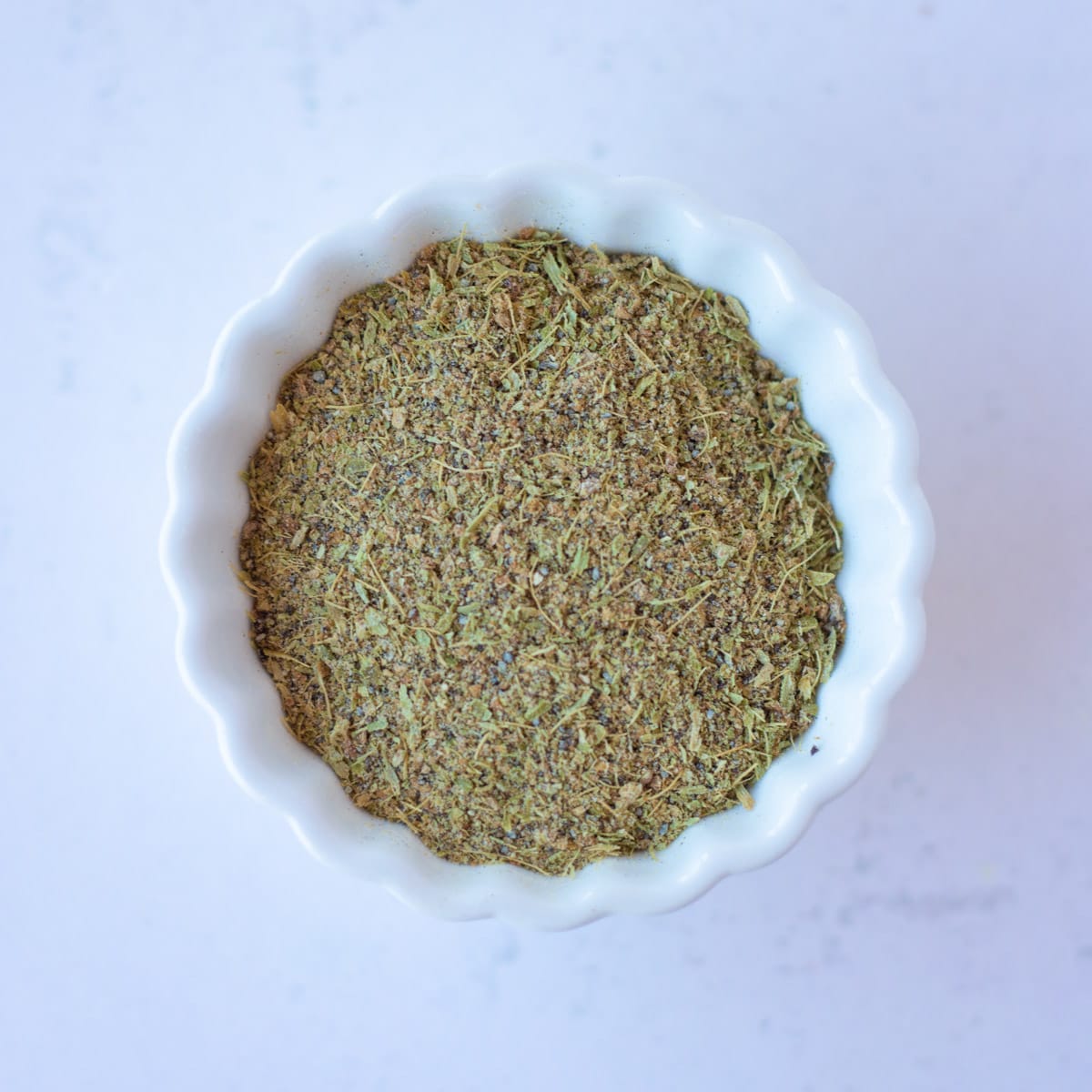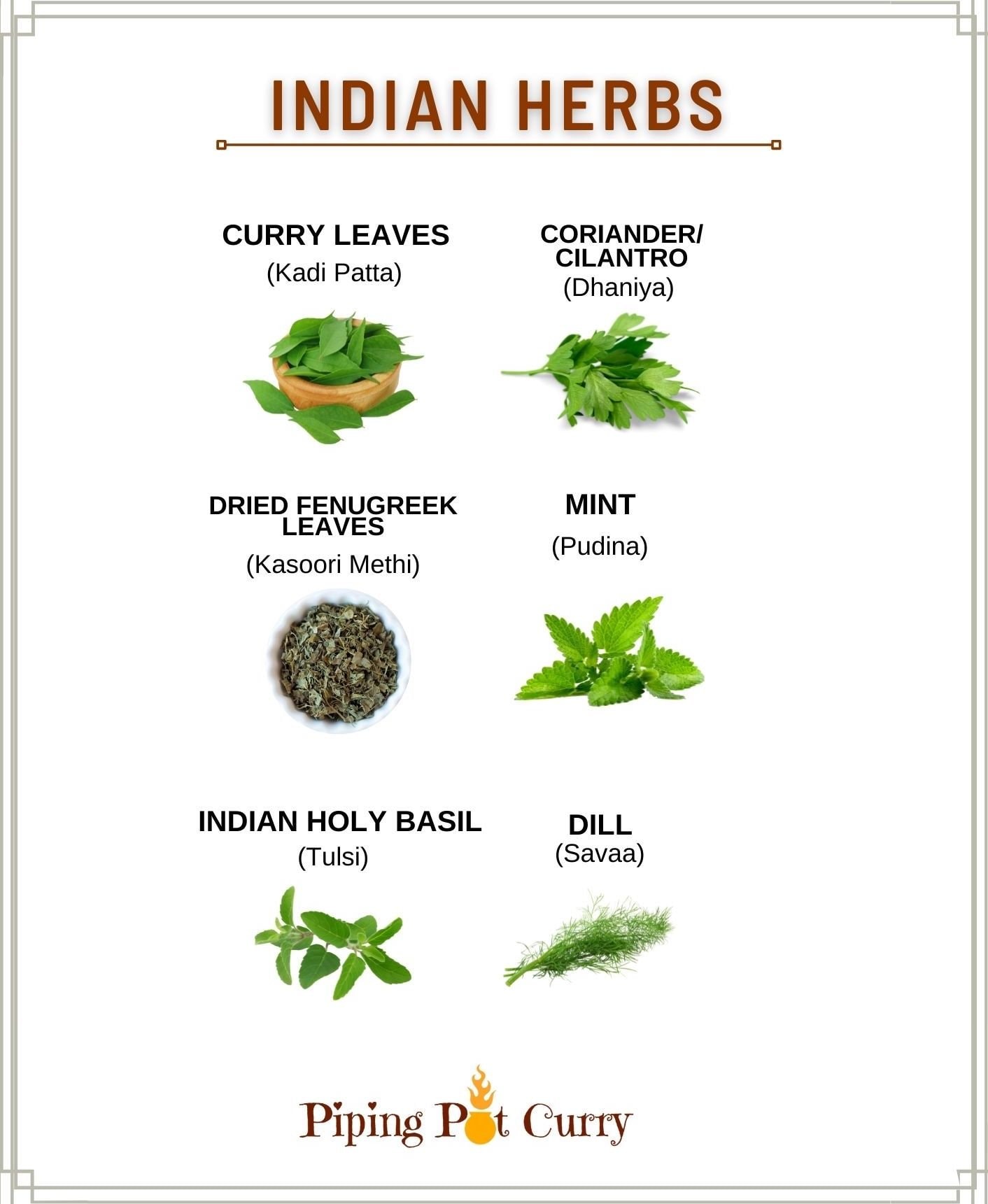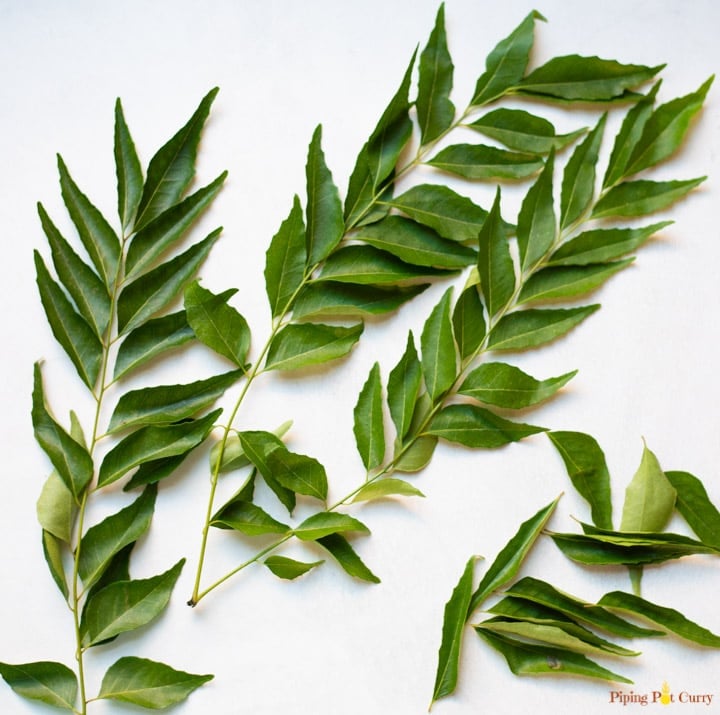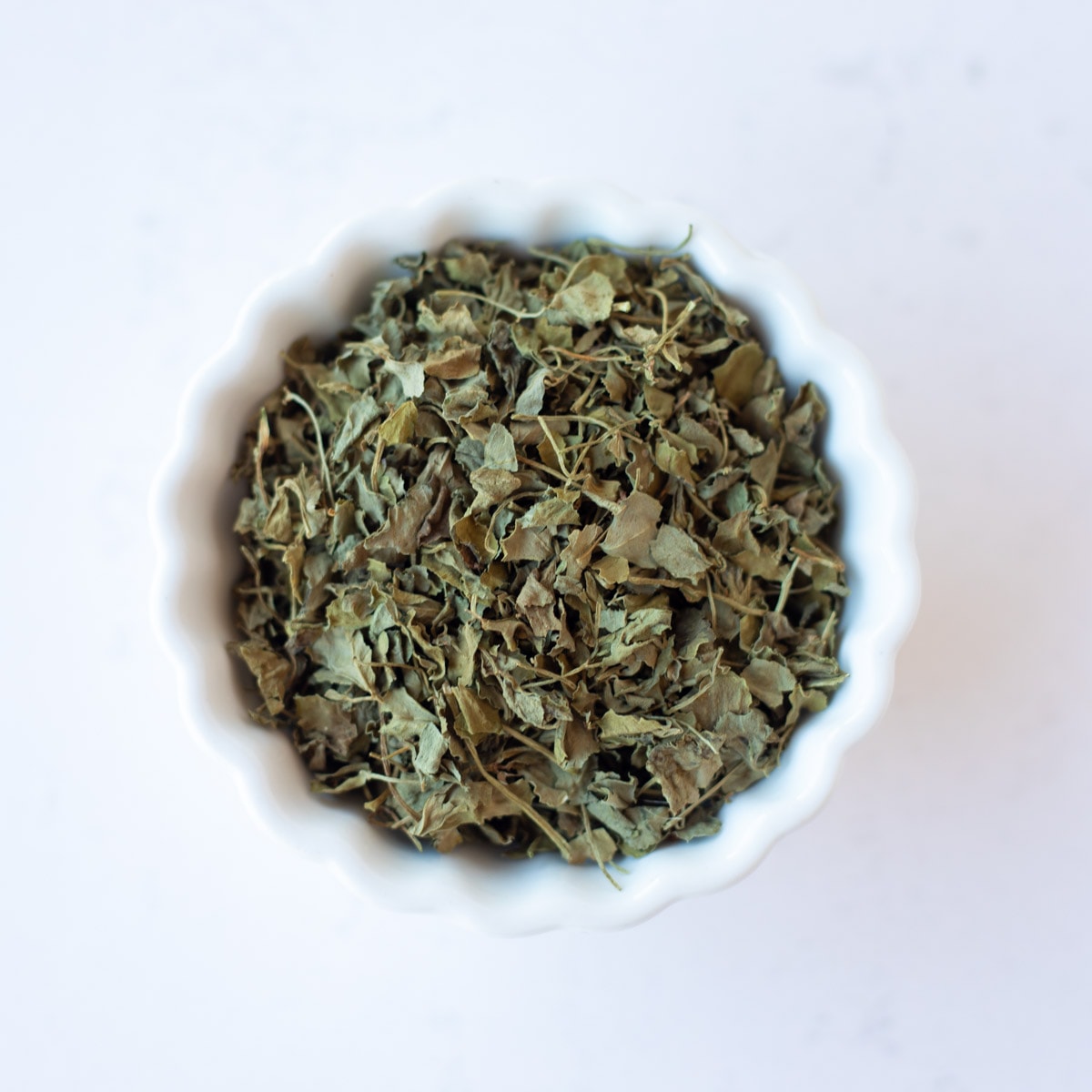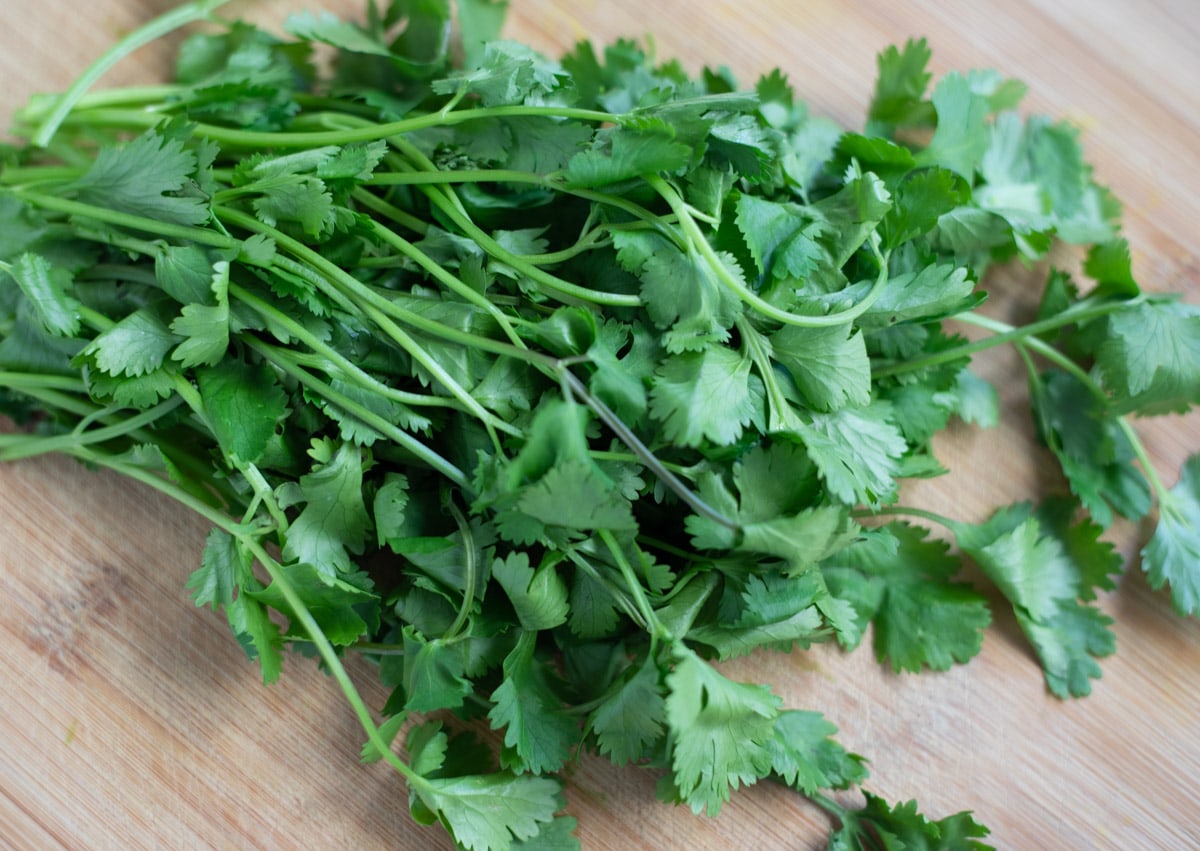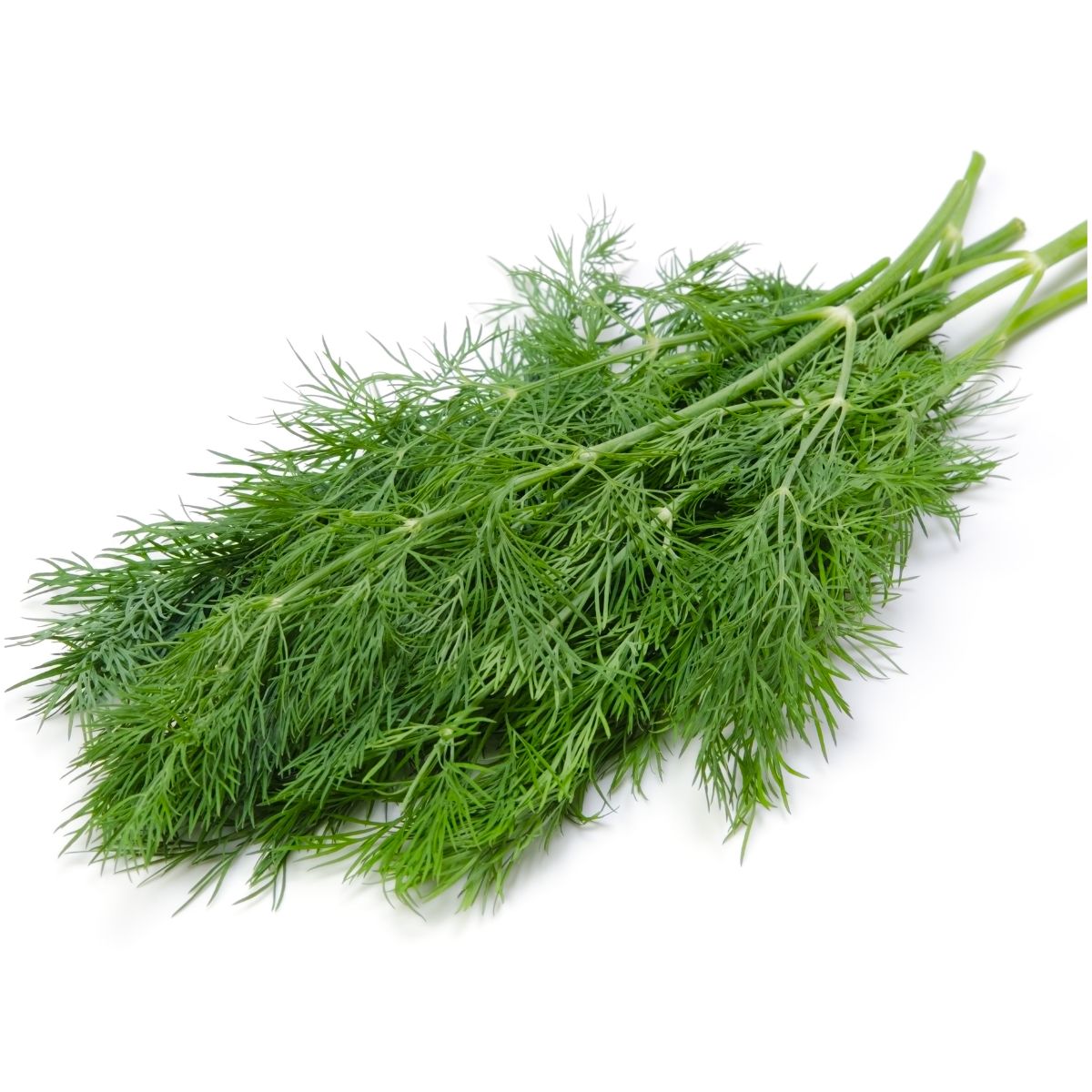Indian cuisine is all about the diverse ingredients, and spices are one such category, which are used in a variety of ways in the traditional recipes. A subtle change in cooking technique, as well as the order in which they are used, can make the dish completely different. Wondering how? In this guide, you’ll discover the flavors these spices produce, when and how to use them in your cooking, their health benefits, and much more. You should not be discouraged from attempting to cook Indian dishes at home because of your fear and lack of knowledge of Indian spices. I guarantee that by the end of this post, you will be more equipped with Indian spices than you were ever before.
History of Indian Spices
Spices have been used in India for over 2000 years, dating back to around the time of Christ (BC). Black pepper and Cinnamon were the first spice plantations, and these laid the groundwork for many trading alliances, particularly with the Romans and Arabians. They eventually evolved into one of the world’s most commercially viable agricultural products. In the 12th century, a pound of nutmeg was said to be worth more than a pound of gold in Europe. Vasco da Gama set sail for India in 1498, beginning his journey in the southernmost part of Africa. He needed a direct route to a region where he could find spices in abundance and at reasonable prices. His arrival on the Malabar Coast, the Indian spice trade’s epicenter, signaled the beginning of open trade between Southeast Asia and Europe. The Portuguese had taken control of the spice-producing region along the coast in just a few years. They established a near-monopoly on the Indian spice trade for nearly a century. It made it possible for the then-Portuguese empire to amass vast sums of money. Spices from India not only made people wealthy but also encouraged exploration and opened up numerous trade routes. It aided the rebalancing of global power. Columbus came across American territory while looking for a faster route to India. Indian spices influenced European palates and, as a result, became a metric for success. (Source: Read more here) Curious about pulses used in Indian cooking? Check out my detailed guide about Indian Pulses.
Benefits of Indian Spices
The spices are not only used for flavoring and making the food palatable but have plenty of health benefits. Spices have long been used for their medicinal Ayurvedic benefits. Some of the benefits are:
Anti-inflammatory properties Boost immune system Heart healthy Act as antioxidants Improve digestion fights infections Prevents allergies and fight cold and coughs
(Source: Read further)
Whole Spices vs. Ground Spices
Whole spices are always more fragrant and flavorful than ground spices. Whole spices retain their flavor for up to two times longer than ground spices. When whole spices are used, the aroma and flavor of each whole spice are infused into a dish that is typically steamed or cooked with oil on the stovetop. The dish can be served as is, or the whole spices can be removed before serving. Whole spices can also be toasted or roasted to elevate their flavor profile, and you can grind them in a simple coffee grinder when you need them. The sauce will be smooth if you only use ground spices, as in a curry. Furthermore, because of their simplicity, I use ground spices for everyday weeknight cooking. Ground spices are easy to use and pack a lot of flavor when it comes to cooking delicious meals. However, the ground spices tend to lose their strength with time. Do keep in mind that food can only be as fresh as the ingredients it is made with.
Indian Spice Box – Masala Dabba
An Indian Masala Box is a must-have item in almost every Indian kitchen. If you cook Indian food frequently, I suggest you invest in it! For those of you who do not know what it is, it is essentially a stainless steel flat container with a tight-fitting lid that measures approximately 6-7 inches in diameter. The box contains 7 small containers into which the spices will be placed. It also includes one (or more) small spoons the size of a teaspoon. The shape of this masala dabba can be circular or square.
7 Main Indian Spices That Go Into The Masala Dabba
My Masala box contains the spices mentioned below, but you can switch them with the ones you use most frequently. I have two spice boxes – one for powdered spices and one for whole spices. Here is what I put in each one: I) Powdered/ Everyday Spices: Cumin seeds, Mustard seeds, Turmeric, Red Chili powder, Coriander powder, Salt, and Garam Masala. II) Whole Spices – Cinnamon, Black Peppercorns, Cloves, Green cardamom, Black Cardamom, Mace, and Bay leaves.
How To Use Spices In Indian Cooking
Marinating in Indian Cuisine
Marination typically includes yogurt, lemon juice, and spices. This is true for tandoori chicken, tikka masala, paneer tikka, and many other classic Indian dishes. Here, a mixture of ground spices, such as turmeric, garam masala, coriander, cumin, etc. is used. Check out this Indian chicken marinade recipe.
Frying Spices in Oil
Indian spices can be fried in oil for 10-20 minutes on low-to-medium heat or 10-30 seconds on medium-high heat, being careful not to burn the spices. Infusing oil with flavors is critical for Indian cooking. This is basically used for tempering.
Frying Onions and Other Vegetables
After the oil has been infused with spice flavor, the onions and tomatoes are added and cooked for some time till the oil oozes out on the sides of the pan. Keep stirring this onion-tomato masala regularly to avoid scorching.
Spicing a Sauce in Indian Cooking
When making an Indian dish with sauce/gravy-like ingredients like milk, cream, coconut milk, tomato sauce, or tomato paste, you need to add more spices like turmeric, coriander powder, and red chili powder to balance out the flavors. I was talking to a colleague and figured that it is pretty hard for people to keep up with the variety of Indian spices. So I thought it may be a good time to share the spices I use frequently in my kitchen. There are a ton of spices we use in Indian cooking, however when it comes to daily meals, we don’t tend to use all. I can count the commonly used spices on my fingertips, so you get the idea that there are a handful of them. However, if I am preparing something for a special occasion or for guests, I will go the extra mile and add all the exotic spices.
Start Indian Cooking with these 5 Spices
A long list of spices in the recipe is what scares most people away. But let me tell you that for the majority of my meals, I just use these 5 spices. However, I don’t want to give the impression that the other spices don’t add any flavor to the Indian food; they do, but for now, you can start your Indian cooking adventure with these essential spices and then add them to your list as you get more comfortable – cumin seeds, mustard seeds, turmeric powder, coriander powder, and red chili powder. When you use these spices alone, as in a stir fry/ sabzi, or along with ginger, garlic, onions, and tomatoes, as in a curry, you will surely get a decent dish in the end. Don’t forget the salt, though…
Whole Spices
Here is the complete list of whole spices used often in Indian cooking.
Cumin Seeds (Jeera)
Cumin is an herb that many associate with Mexican and Spanish foods, but it is also widely used in Middle Eastern and Indian cooking. Here are 35+ recipes with cumin. It is one ingredient I use when preparing most Indian-style lentils and curries. In North India, cumin seeds are one of the first ingredients added to hot oil, and we add the other ingredients after they splutter.
Mustard Seeds (Rai)
While cumin seeds are most commonly used in North India, mustard seeds are most used for tempering in South Indian cooking. Mustard seeds come in a range of colors, from yellow to brown and black. In Indian cooking, we mostly use black mustard seeds. They add a crunch and flavor to the dish. Mustard seeds are added when tempering or making tadka. A lot of South Indian recipes begin with adding these seeds in hot oil and waiting for them to pop before adding other ingredients.
Coriander Seeds (Dhania)
Coriander seeds are the dried fruit of the cilantro plant. They can be found as seeds or in ground form. It does not make a dish spicy but adds a lot of flavor and aroma to it. I usually buy coriander seeds and grind them myself to have a fresher taste and also make sure that it is not adulterated. But you don’t have to make it fresh every day; just grind it and store it for a few months.
Carom Seeds (Ajwain)
Ajwain has an aroma similar to thyme but is more aromatic and less subtle in taste, as well as slightly bitter and pungent. A small number of seeds tend to dominate the flavor of a dish. Ajwain is also used as a medicinal plant in traditional Ayurvedic medicine; primarily for stomach disorders such as indigestion. When growing up, if we had a stomach ache, having a teaspoon of ajwain with water was the quick solution.
Fennel Seeds (Saunf)
Fennel is a flowering plant species in the carrot family. It is a highly aromatic and flavorful herb with culinary and medicinal uses. Dried fennel seeds are brown or green in color when fresh. Fennel seeds are used in cooking or consumed as mukhwas, an after-meal digestive and breath freshener. Fennel is also used as a flavoring in some natural toothpaste.
Cinnamon (Dalchini)
Cinnamon is used in both sweet and savory foods. It is commonly used for sweet foods all over the world, but in Indian cooking, cinnamon is also used for savory foods. The flavor of cinnamon is due to an aromatic essential oil that makes up 0.5 to 1% of its composition. Cinnamon is sautéd in oil for many Indian dishes. It is also a main ingredient for Garam Masala.
Bay Leaves (Tej Patta)
Bay leaves are commonly used in Indian cooking. Their flavor and fragrance is similar to the cinnamon bark but slightly milder. Bay leaves are often used in rice dishes such as biryani/pulao and in soups. Just one to two bay leaves are enough to flavor an entire dish.
Nutmeg (Jaiphal)
Nutmeg, also known as Jaiphal in Hindi, is a magical Indian spice. Nutmeg is a well-known spice derived from the seeds of Myristica fragrans. Nutmeg has a woody, bittersweet flavor with hints of clove. It has a rich flavor that is warm and nutty. It is commonly used in baking, desserts, curries, and chai masala. It can used as a powder, or you can shave the spice with a sharp knife or grater.
Black Pepper (Kali Mirch)
Black Pepper or Peppercorn is frequently used in Indian and Western cooking. It is the world’s most traded spice. It is often used as a seasoning, along with salt. In Indian cooking, black peppercorns are also used to add aroma, flavor, and heat to many dishes. You will find it commonly used in South Indian dishes such as upma or pongal. Pepper loses flavor and aroma through evaporation, so airtight storage helps preserve its spiciness longer. Some dishes call for whole pepper, while others for ground pepper. I usually prefer to grind pepper when needed freshly.
Cloves (Laung)
Cloves are used in Asian, African, and Middle Eastern cuisines. In Indian foods, they are primarily used in meats and curries. They are also used in adding aroma to hot beverage blends. Similar to cinnamon, cloves are sautéd in oil for many dishes and are also an ingredient of garam masala.
Green Cardamom (Elaichi)
Green Cardamom is the world’s third-most expensive spice, surpassed in price per weight only by vanilla and saffron. Cardamom is used as a flavoring and cooking spice in both food and drink and also as a medicine. It is best stored in the pod as exposed, or ground seeds quickly lose their flavor. When adding this to a savory dish, I just open the pods and add them to the oil initially, along with other whole spices such as cloves. Elaichi is also commonly added to Indian tea or chai.
Black Cardamom (Moti Elaichi)
Black cardamom is dried over an open fire, which is what gives it such a powerful smokey aroma. The pods are used as a spice, in a similar manner to the green Indian cardamom pods, but have a different flavor profile. This spice, unlike green cardamom, is rarely used in sweet dishes. Black cardamom is commonly used in the preparation of meats, biryanis, and garam masala. Just 1-2 pods are enough to get the flavor in a dish.
Star Anise (Chakra Phool)
Star Anise is commonly used in Chinese cuisine. It is used in Indian foods as well, such as biryani and meats, and to prepare garam masala. When growing up, I did not see my mom use this spice much. However, there are many variations of preparations for Indian dishes and a variety of spices used. I am going try using star anaise when I prepare garam masala.
Mace (Javitri)
Mace is the crimson or bright red colored spice or condiment, present as the second membrane covering the seed of the nutmeg fruit. Its taste is milder than that of nutmeg and is used in recipes that are delicately flavored. Mace should be added at the beginning of cooking in order to develop its full flavor. Mace is frequently used in simple dishes like broth, soups, mashed potatoes, and rice dishes like biryani. Additionally, it is used in baked goods like pies, custard, puddings, muffins, cakes, and breads that are sweet.
Fenugreek Seeds (Methi Dana)
Fenugreek seeds have a slightly bitter flavor, similar to celery, and are frequently used in medicine. However, fenugreek has a far more pleasant taste when cooked. The seeds are the most widely used part of fenugreek, which is usually dried and ground. Just a small amount is enough to flavor an entire dish. It is used in sambhar, and people also use it to make chutney. I usually add fenugreek seeds when preparing idli/dosa batter.
Dried Red Chilli Peppers (Sabut Lal Mirch)
Kashmiri Red chili powder adds heat to a dish. This is my preferred variety of chili, as it adds a distinct red color to the dish along with the spice. Red chili is usually added after most ingredients are added. Some dishes call for whole red chilies, while most others are for ground powder. Similar to the coriander powder, I prefer to grind red chili powder myself. Just add all the red chilies into the grinder and grind them to a fine powder. Again, you can store and use this powder for a few months.
Saffron (Kesar)
Saffron threads are collected and dried to be used as a seasoning and coloring agent in food. Saffron is the world’s most expensive spice by weight. Each strand is hand-harvested from the stigma of a crocus that can only grow in certain climates. Saffron can be used in savory or sweet preparations. In Indian cuisine, saffron is usually used in sweets like kheer or exotic dishes such as biryani. Saffron threads are soaked in warm water or milk for several minutes prior to using it in a dish. This helps release the aromatic components of saffron.
Poppy Seeds (Khus Khus)
Poppy seeds, or Khus Khus is an oilseed obtained from the poppy flower. The center of origin of Poppy is the Western Mediterranean region of Europe, and it is widely cultivated in India, Russia, Egypt, and many other countries. These are very tiny seeds, much smaller in size than mustard, and are both dull white and black in color. Poppy seeds are used in a variety of cuisines around the world to add a rich, nutty flavor to dishes. These are Soaked in warm water or milk for two hours and then ground with other spices and used to thicken gravies. It gives a nutty, sweet flavor.
Sesame Seeds (Til)
Sesame seeds or Til are available in two varieties: white and black, each from a different variety of sesame plant. The white ones taste nutty, but the black seeds have an earthier flavor. Sesame oil is also widely used. The seeds are usually dry-roasted to bring out their full flavor. They are used in tempering, like in this dhokla recipe. Sesame seeds are a rich source of calcium. They are very popular in India during winter as it is known to provide warmth to the body.
Nigella Seeds (Kalonji)
Nigella seeds also known as Kalonji or kala jeera in India. These have a strong aroma and a distinct flavor profile that includes notes of onion, cumin and oregano. These are widely used in Indian and Middle Eastern cuisine as a spice and condiment. It is one of the ingredients in the ”Panch Phoron” spice blend. These flavorful seeds can be used to season curries and lentil dishes, as well as root vegetable dishes and stir-fries. Nigella seeds can also be sprinkled over naan bread before it is put in the tandoor. It is also added in making Indian pickle, Achaar.
Black Stone Flower (Dagad Phool)
The black stone flower is a lesser-known Indian spice that is popular on India’s west coast and in the Southern part of India. It is a lichen species that is commonly referred to as dagad phool in Marathi. Dagad Phool grows all year and the whole plant is used for medicinal and culinary purposes. This has a greenish mineral grey hue (yellowish-white on top and black on the bottom) that gives various masalas, such as Goda Masala/Kala Masala, their signature black color.
Ground Spices
Here are the most popular ground spices used in Indian cooking.
Turmeric Powder (Haldi)
Turmeric has a distinctive yellow color, and an earthy rich flavor. It is also called the wonder spice, due to it’s antioxidant and antiseptic properties. Turmeric root is dried and then ground to a fine powder. I usually just buy turmeric powder. It adds the yellow color to many savory Indian dishes and curries. It is usually added during the cooking process.
Coriander Powder (Dry Dhania Powder)
Coriander Powder, also called Dhaniya Powder is a must have spice for every Indian kitchen. Ground coriander is made from freshly roasted coriander seeds. It has a different flavor profile from coriander seeds. While coriander seeds can be stored for a longer time, ground coriander is best when stored in small batches. It is used in curries, lentils, Indian stir-frys. Here is my recipe to make ground coriander from seeds.
Red Chilli Powder (Lal Mirch)
Red chili powder is commonly used in marinades, curries, lentils and dry preparations for both heat and color. Typically, fresh chilli is used during the cooking process, with additional chili powder added if more heat is desired. This powder is made up by grinding dried red chillies. I like to make mine at home by grinding small batches and this is free of additives. Here is my recipe to make red chili powder at home.
Garam Masala
Garam masala is a blend of ground spices commonly used in Indian and Pakistani food. The word garam refers to “heating the body” in the Ayurvedic sense of the word, as these spices are believed to elevate body temperature in Ayurvedic medicine. Typical ingredients for garam masala include black peppercorns, cinnamon, cloves, black cardamom, nutmeg, and green cardamom. You can use my recipe to make your own Garam masala at home.
Dry Mango Powder (Amchur)
Amchur or Amchoor is a powder of sun dried raw mangoes. It is used for it’s tangy fruity flavor in Indian cuisine. It has an earthy component along with the sour taste. It is predominantly used in North Indian dishes. You will find amchur used in many of my recipes.
Asafoetida (Hing)
Asafoetida is used in Indian foods such as lentils and curries, added when tempering or adding tadka. In its raw form, asafoetida has a fetid odor, but it delivers a smooth flavor reminiscent of leeks, when used in cooked foods.
Pomegranate Seed Powder (Anardana)
Pomegranate seed powder (Anardana) are dried and used in Indian (primarily Punjabi) and Persian cuisine. The seeds are procured from a wild, sour variety of pomegranate, and not the sweeter pomegranate that we eat commonly. The seeds are used to flavor chutneys, vegetables, and legume dishes with a sweetish-sour flavor. Some lamb dishes include the whole seeds. Typically, the seeds are crushed or ground in a mortar and pestle before use, but depending on the recipe, the seeds can be used whole. The seeds are also available ground as a powder, but grinding your own gives you better flavor.
Black Salt (Kala Namak)
Indian Black salt (also known as Himalayan black salt) is a volcanic rock salt found in the Himalayas and Northern India. The salt appears dark grey when solidified. When pulverised, however, it takes on a pinkish color. The sulfuric compounds in kala namak contribute to its tangy and pungent flavor. In the kitchen, this serves as an umami-rich flavor enhancer. Most notably, it’s a key ingredient in chaat masala, and is used for Indian chaats. Many people use it to enhance the savoury notes in chutneys, achars, and raitas. It tastes great when added to Indian lemonade.
Ginger Powder (Sonth/ Saunth)
This dried ginger powder is made by drying and powdering fresh ginger roots. A high-quality ginger powder is light in colour, with a sharp flavor and a sweet aroma. It is used in a variety of dishes, including curries, pickles, and homemade relishes. With its multiple culinary applications, sonth is an excellent remedy for a variety of health problems.
Ground Cardamom (Elaichi powder)
Ground cardamom powder is an aromatic ground spice that enhances the aroma of Indian dishes like pulao, biryani and desserts like gulab jamun, shrikhand etc . It is also an integral part of Thandai Masala, a blend used to prepare a milk based drink called Thandai. It is made by grinding the seeds of the green cardamom pods. It is especially useful as it can be sprinkled over dishes during or after cooking, saving you the time-consuming process of breaking open the pods and grinding the seeds.
Indian Herbs
Below are the commonly used herbs in Indian cooking.
Curry Leaves (Kadi Patta)
Curry leaves are aromatic leaves commonly used in South Indian cuisine. We usually find fresh leaves in Indian grocery stores or people also grow this plant in a small pot. They are also referred to as ‘sweet neem leaves’ because they resemble neem leaves but are darker in colour and less bitter. In South India, a handful of curry leaves added during tempering adds a distinct flavor to curries and gravies. Here is my post about how to buy, use and store fresh curry leaves. You can also use curry leaves to make chutneys and spice powders to serve with rice. But if you don’t have access to fresh leaves, you can buy dried curry leaves. They are usually added as one of the first things to the oil along with mustard seeds.
Dried Fenugreek Leaves (Kasoori Methi)
Fenugreek is used as an herb (dried or fresh leaves) or as a spice (seeds). Kasoori methi are dried leaves of the fenugreek plant . They are used in Indian cooking and taste similar to a combination of celery and fennel with a slightly bitter bite. Typically the leaves are crumbled and sprinkled over meat and vegetable curries before serving. I frequently add them to butter chicken or paneer dishes. Kasoori methi can also be added to whole wheat dough to make methi roti or paratha.
Mint (Pudina)
Mint commonly known as Pudina in India, is an essential ingredient in cooking, especially during the summer. Indian mint has a more robust flavor and aroma than Western varieties. Mint is sweet and strong, with hints of a sharp lemony flavor. Mint’s warm, sweet fragrance is refreshing to the palate, leaving a clean aftertaste. It is a versatile herb and can be used as as fresh leaves, paste or dried powder. It is widely used in Indian cooking in chutneys, salads, sauces, raitas and teas. Mint is commonly used in biryanis and lassi. I sun dry fresh mint leaves so they can be stored and used as required.
Indian Holy Basil (Tulsi)
Tulsi or Holy basil is a green leafy herb with strong aromatic qualities. Because it contains essential oils, it is used as a herbal remedy for a variety of common ailments. It is consumed as a herbal tea. It is also used in the preparation of Thai curries. It is also used to make Panchamrut, which has five main components: milk, yogurt (dahi), ghee, honey, tulsi (Indian holy basil).
Coriander leaves / Cilantro (Dhaniya)
Coriander is a native plant found all over the world. The plant’s leaves are commonly also known as cilantro, which is derived from the Spanish word for coriander, or Chinese parsley. Fresh cilantro tastes pungent and some people also find it soapy. Fresh coriander leaves are used as a garnish in Indian curries, soups and stir fries. It is also used to make chutney. You can buy it at any grocery store.
Dill (Savaa)
Fresh dill leaves, also known as dill weed, can be used as a flavor enhancer in the same way that cilantro is. A few fresh dill leaves in upma, a South Indian savory breakfast dish, or flatbread will boost the flavor profile. It can also be combined with spinach and used in curries along with lentils or other vegetables.
Common Questions
Enjoy exploring and experimenting with different Indian spices and herbs! You will surely appreciate the flavor and application of each one of them!

